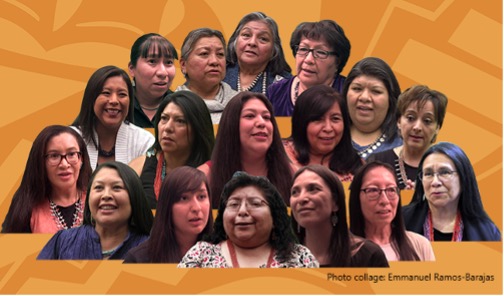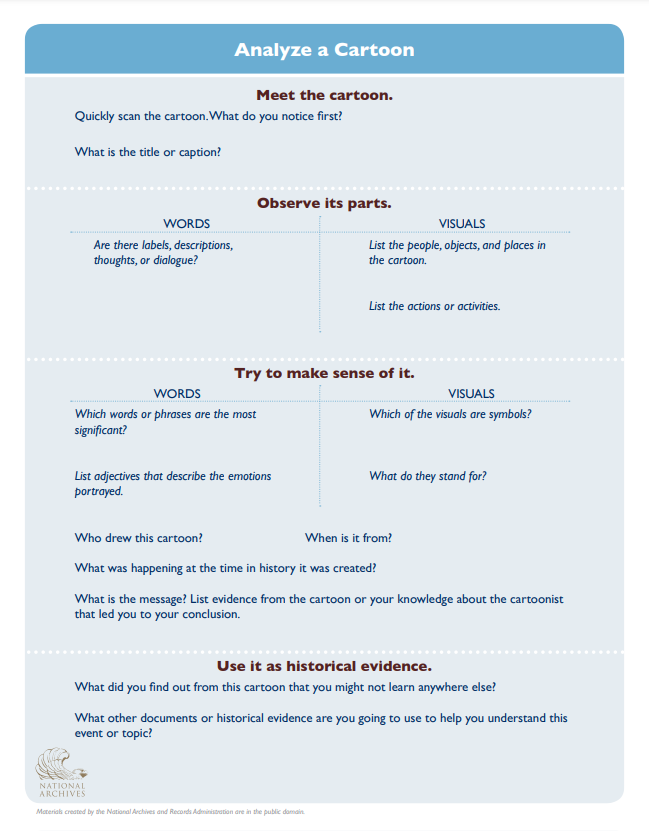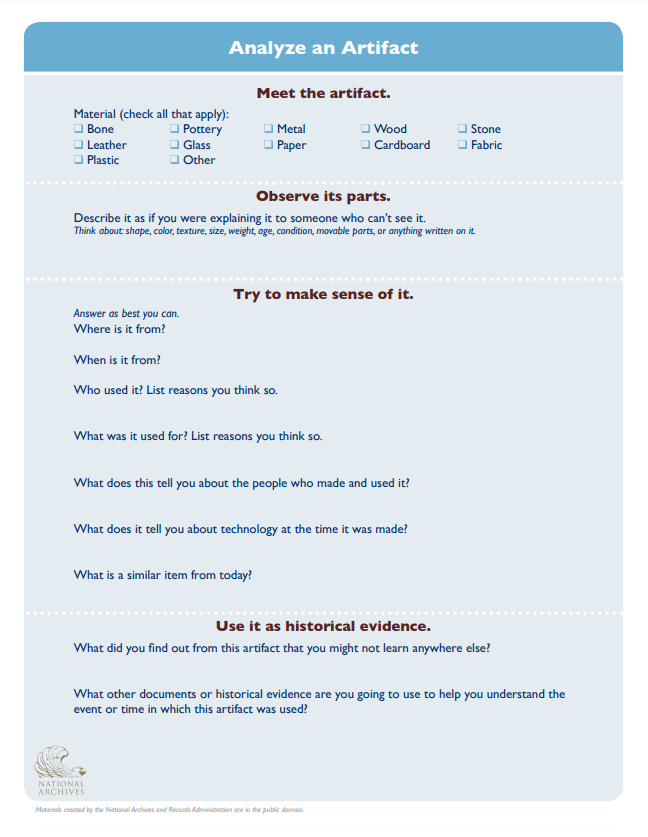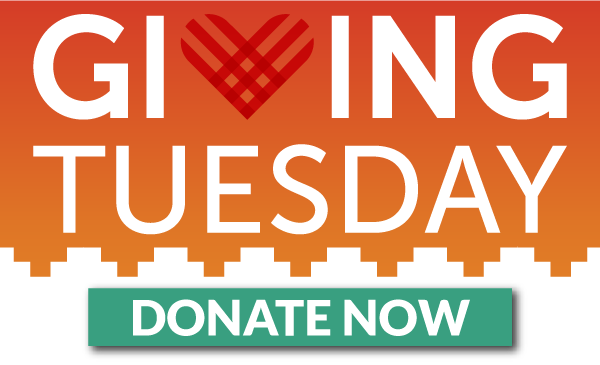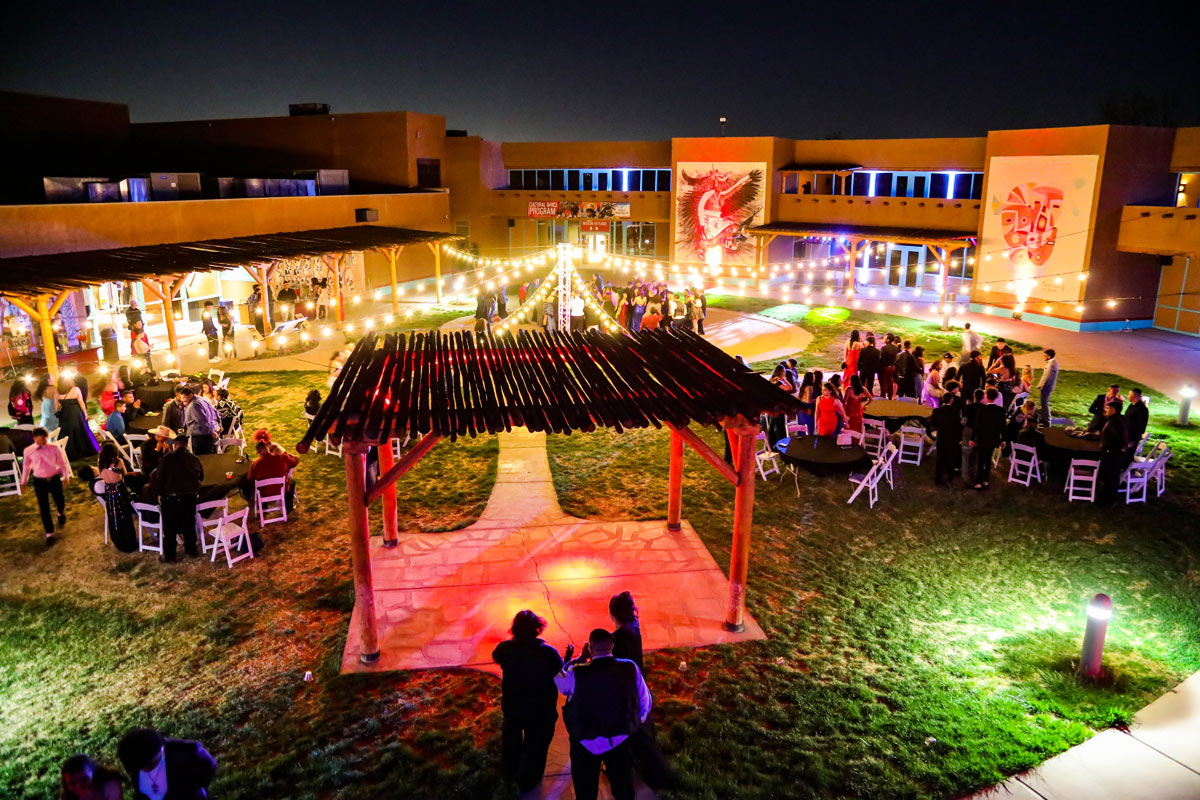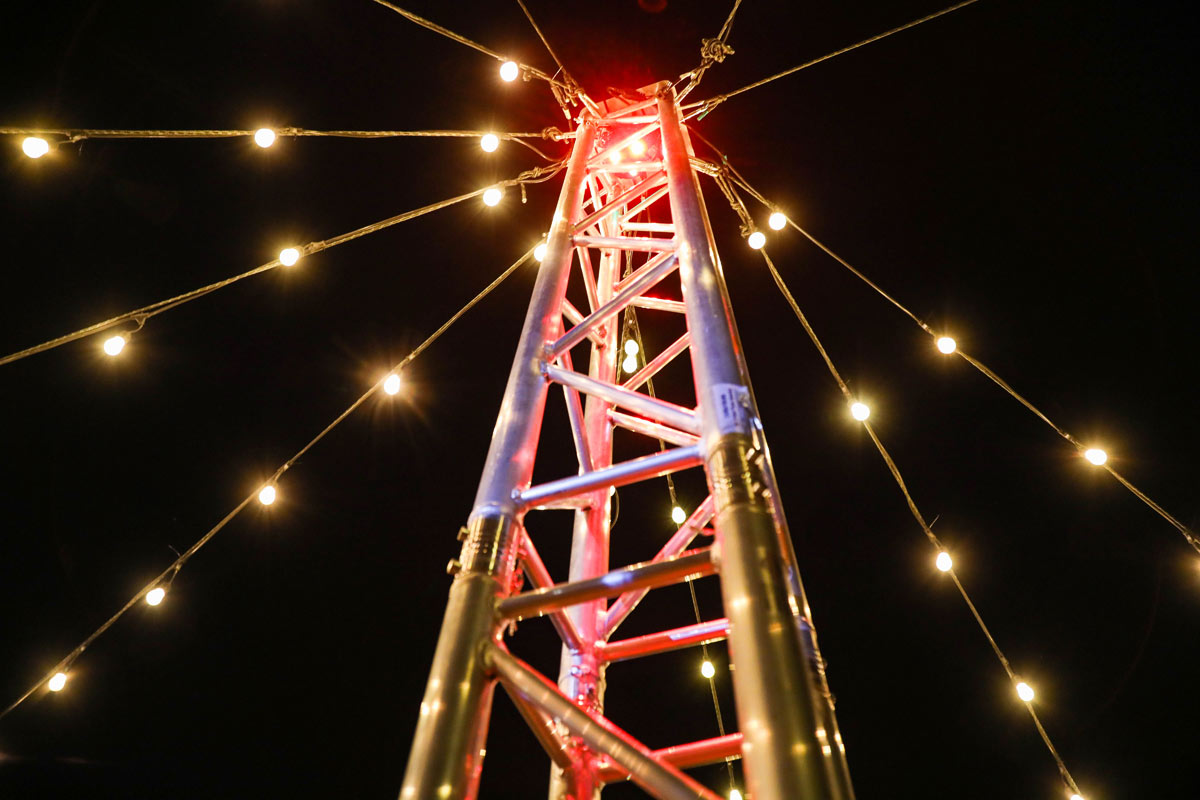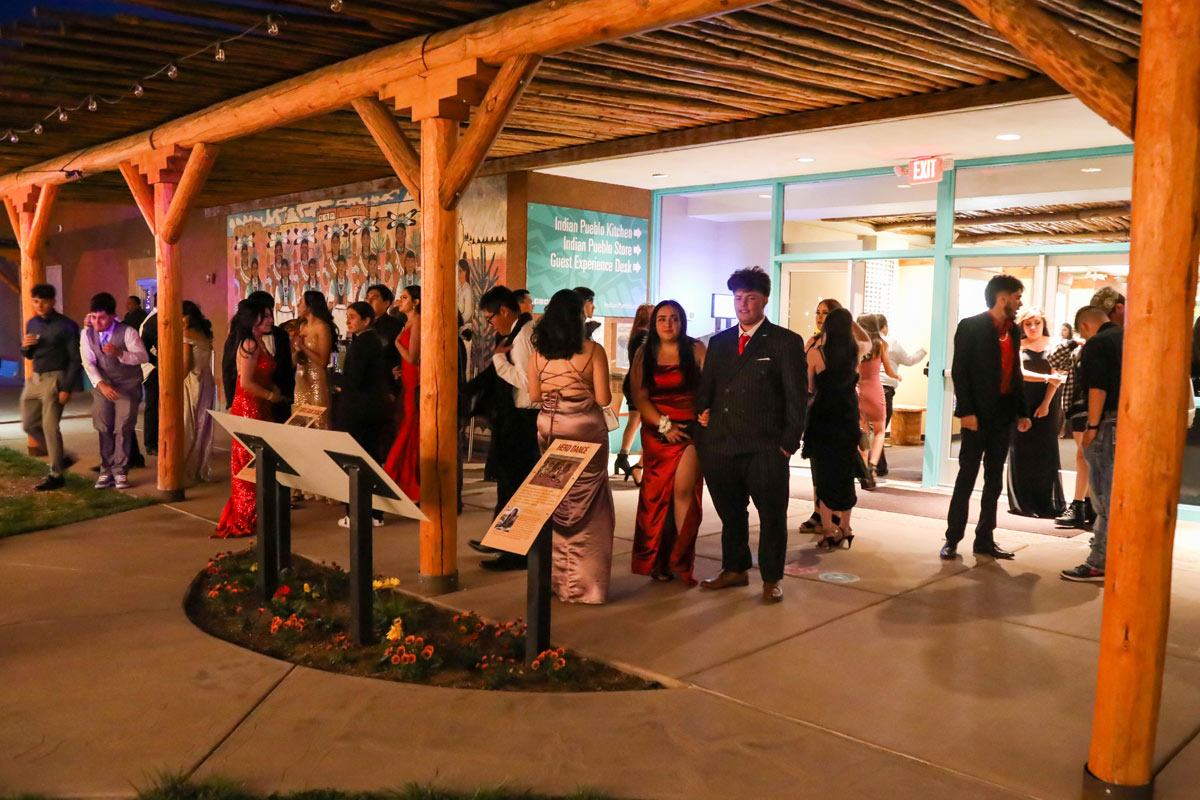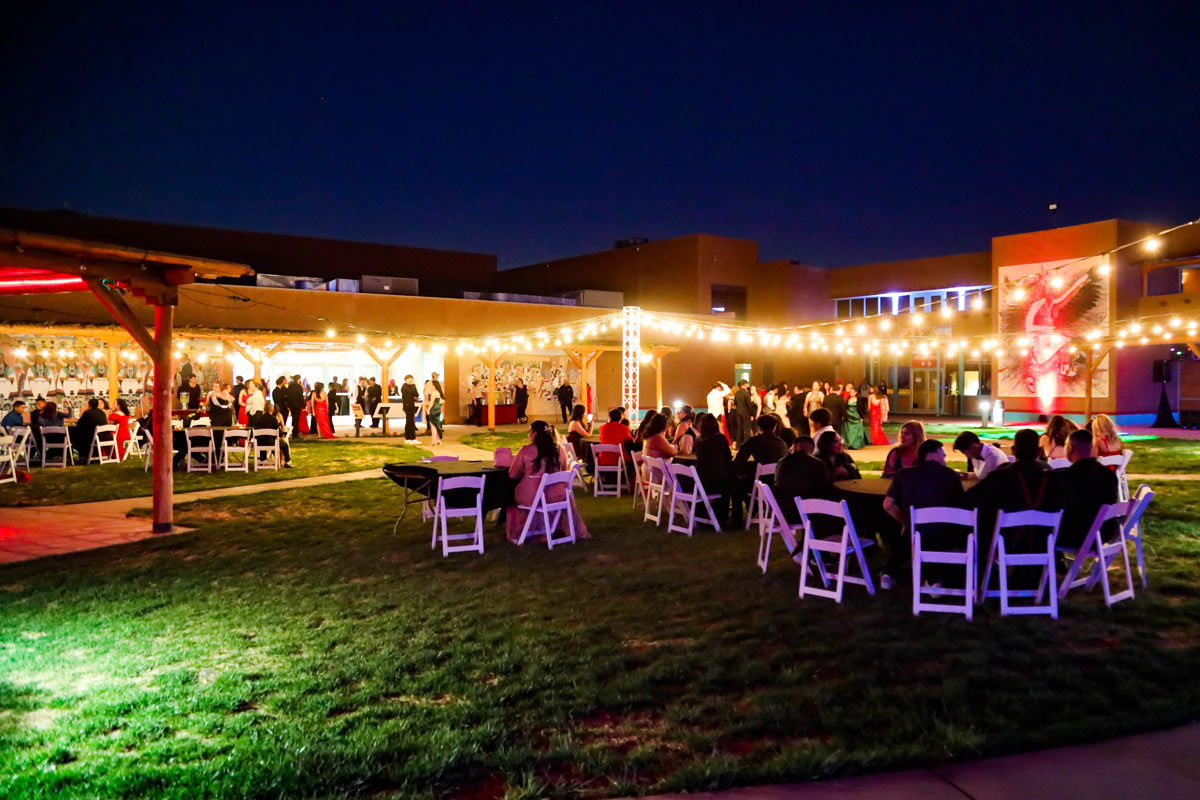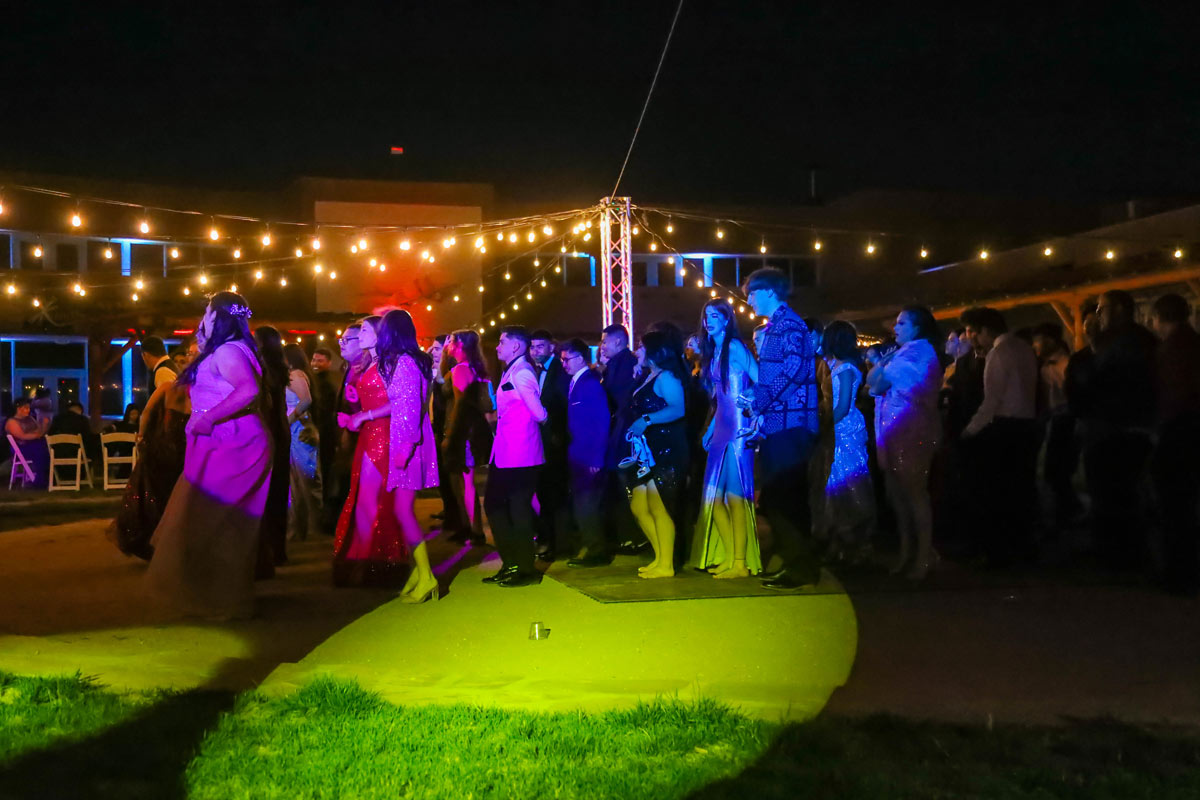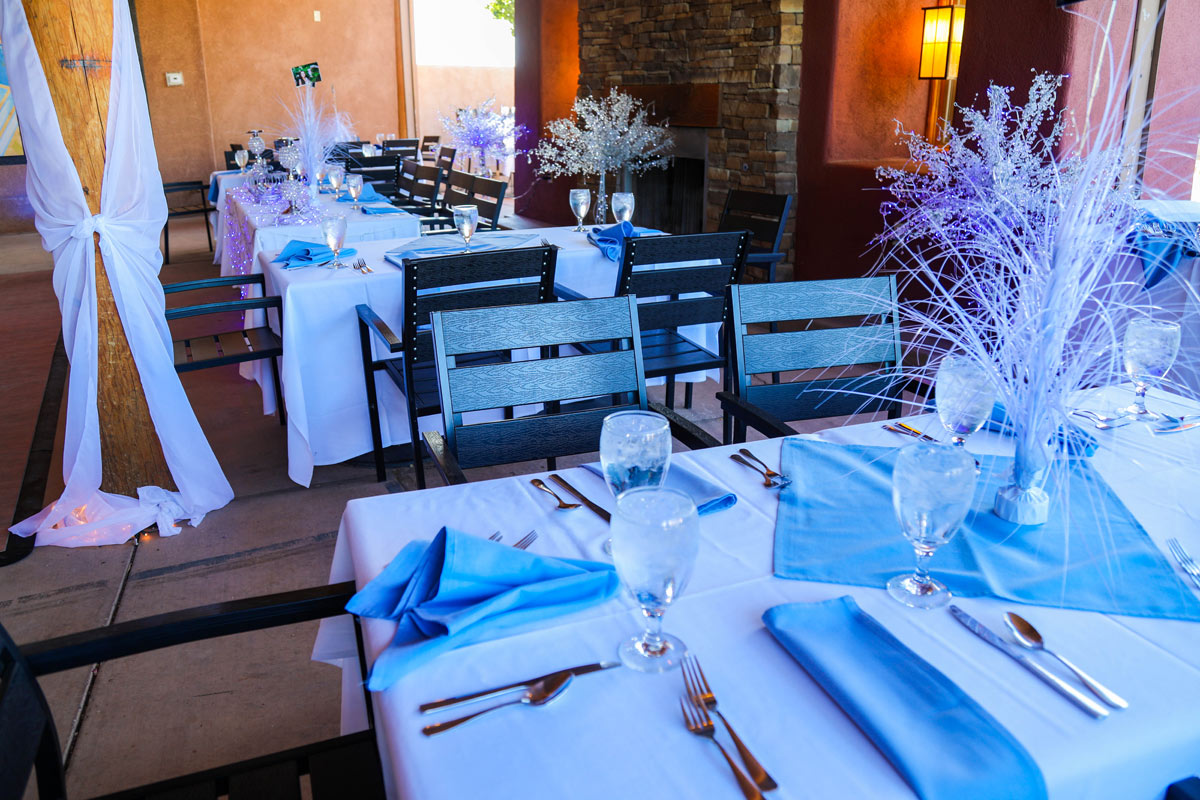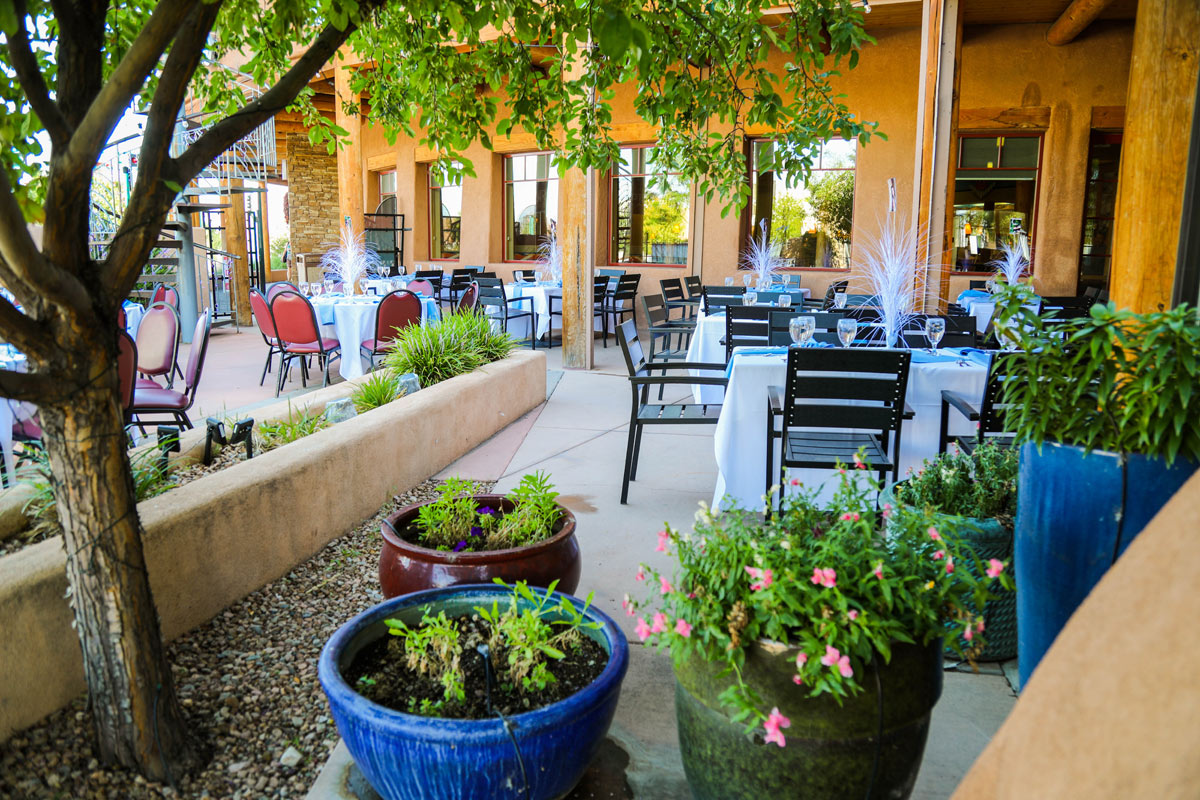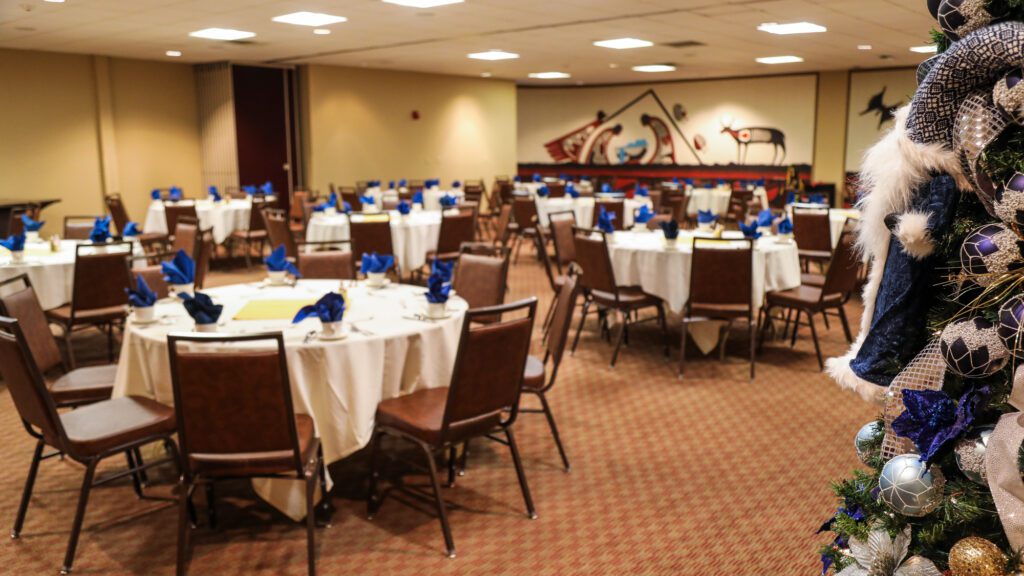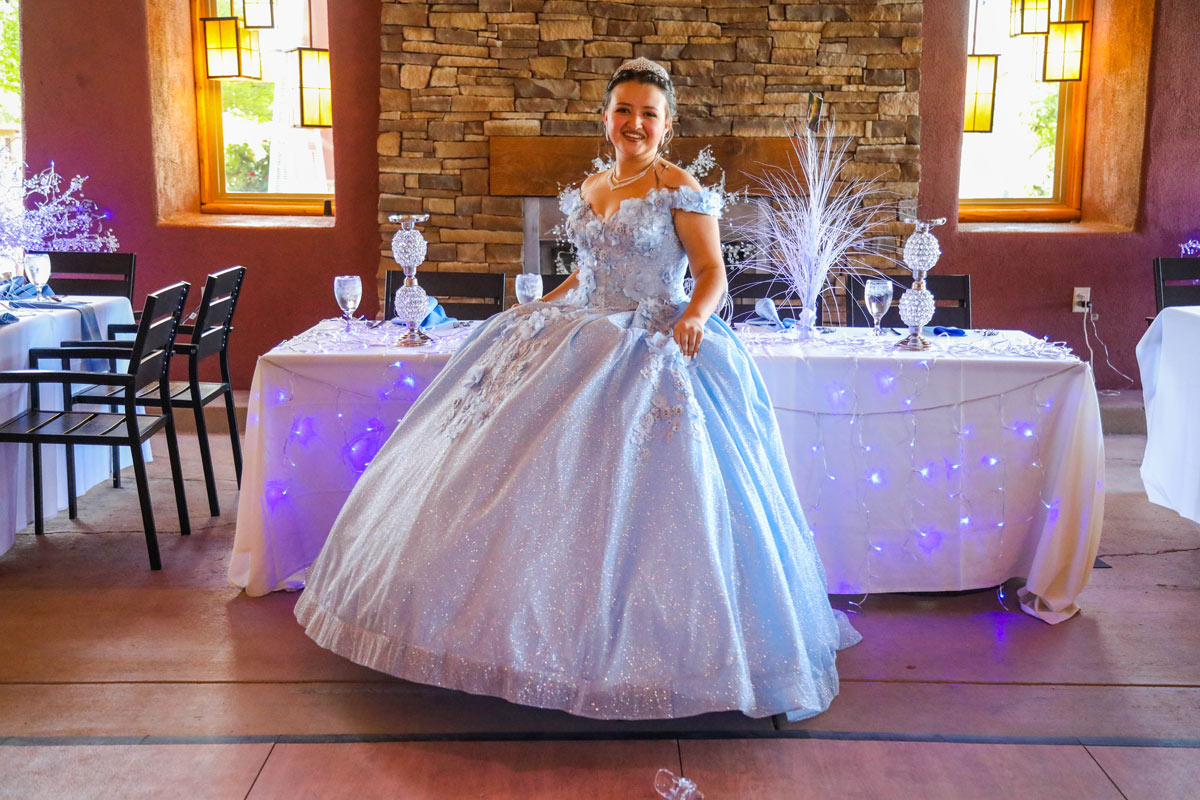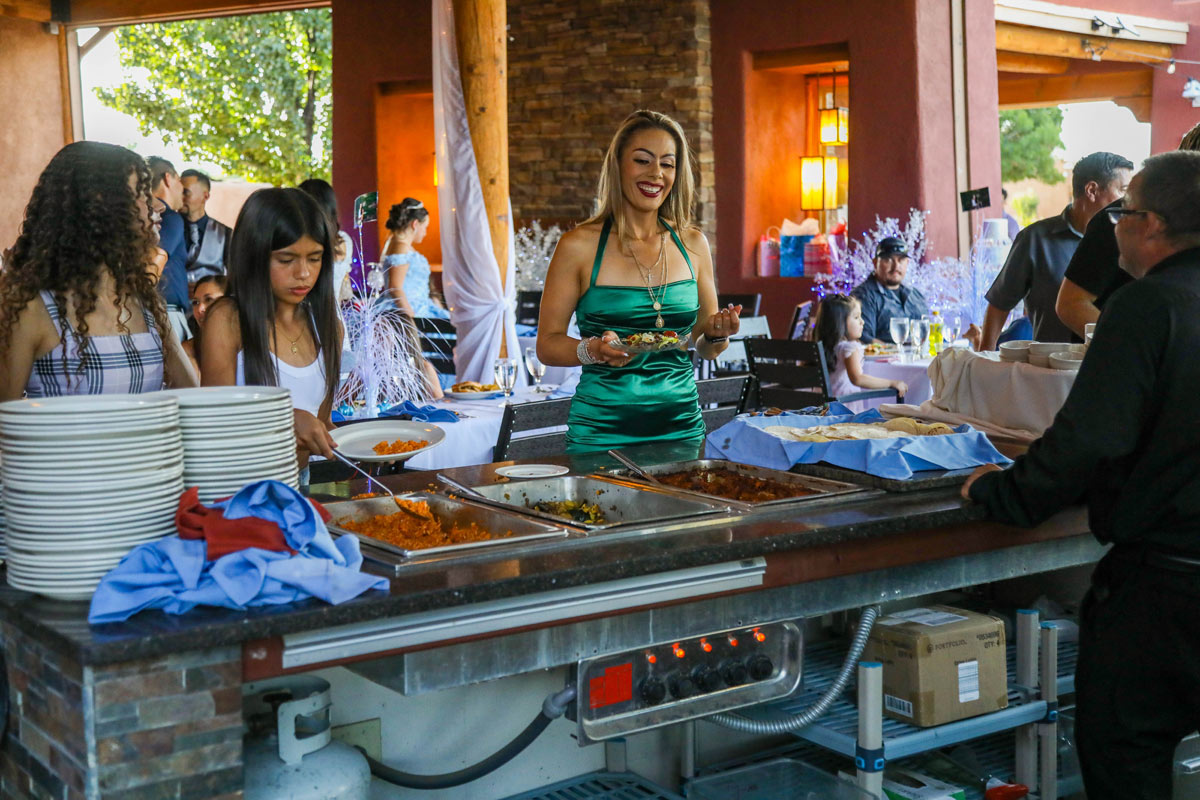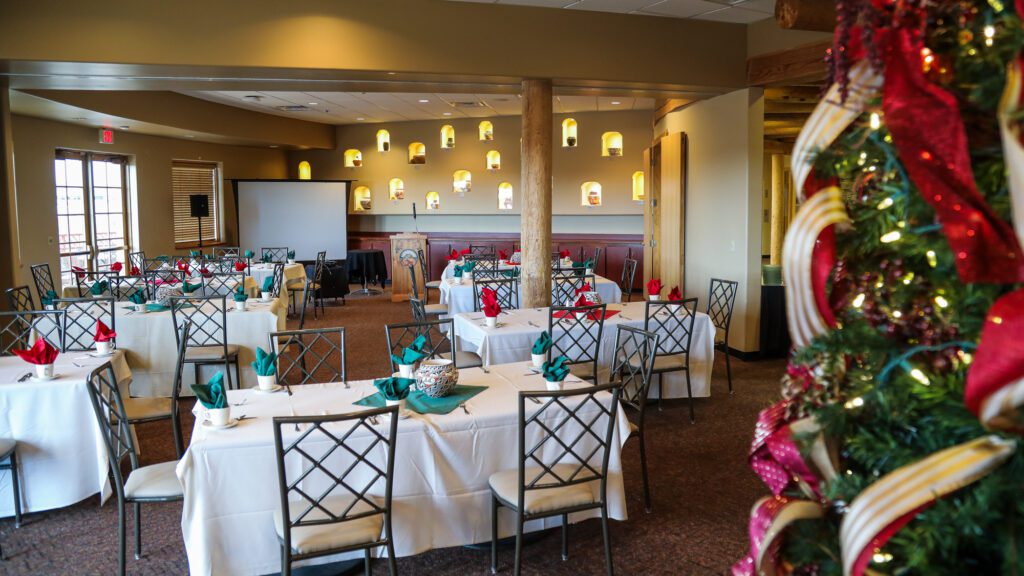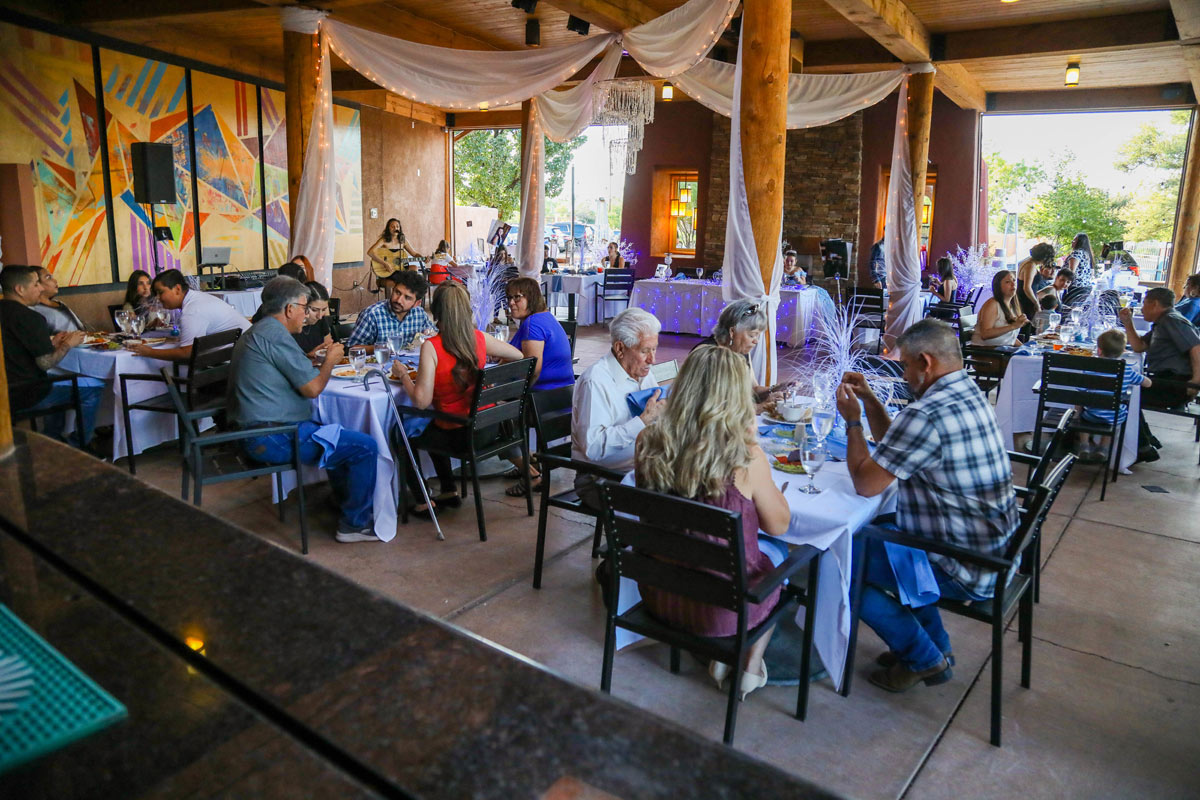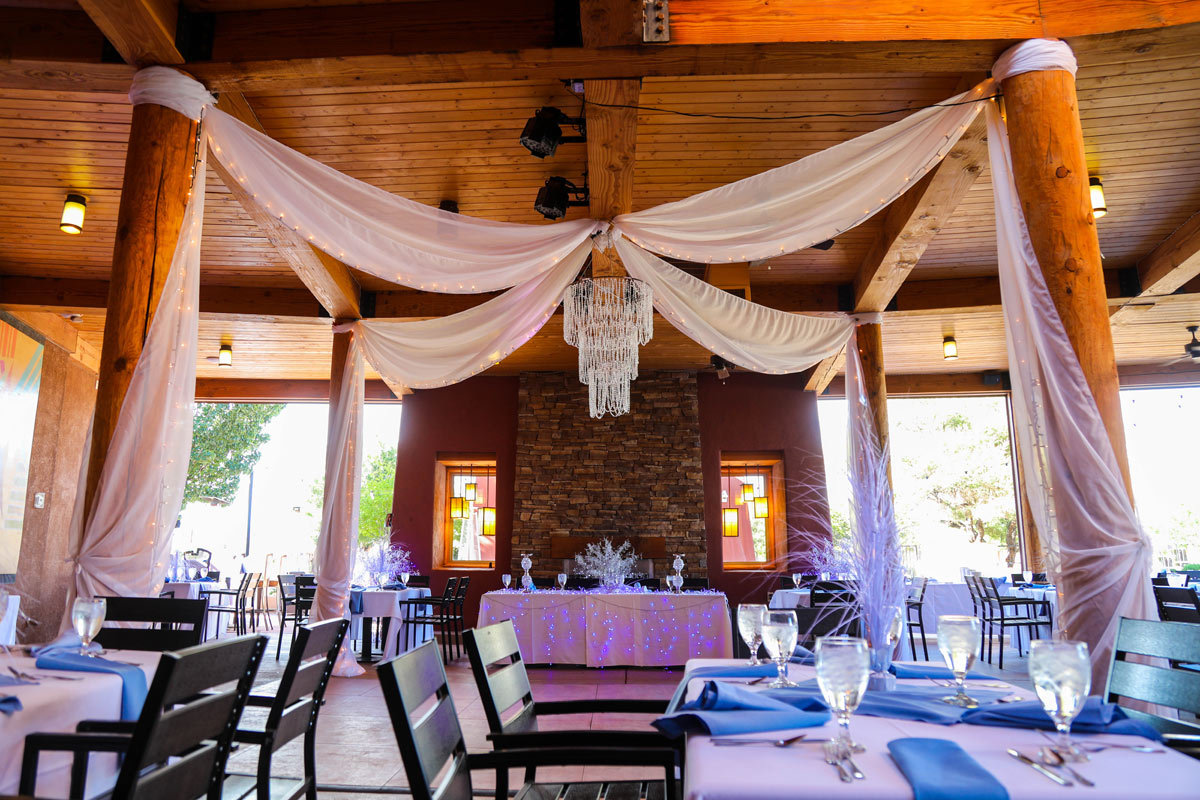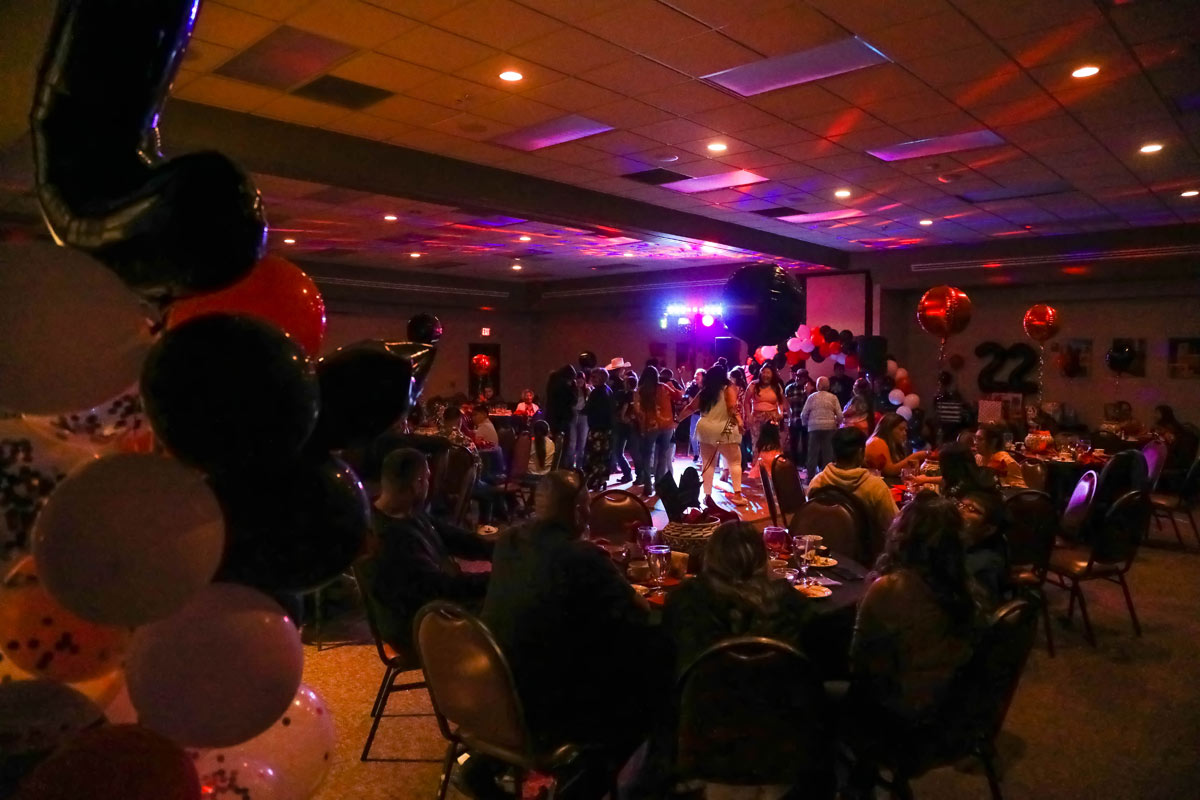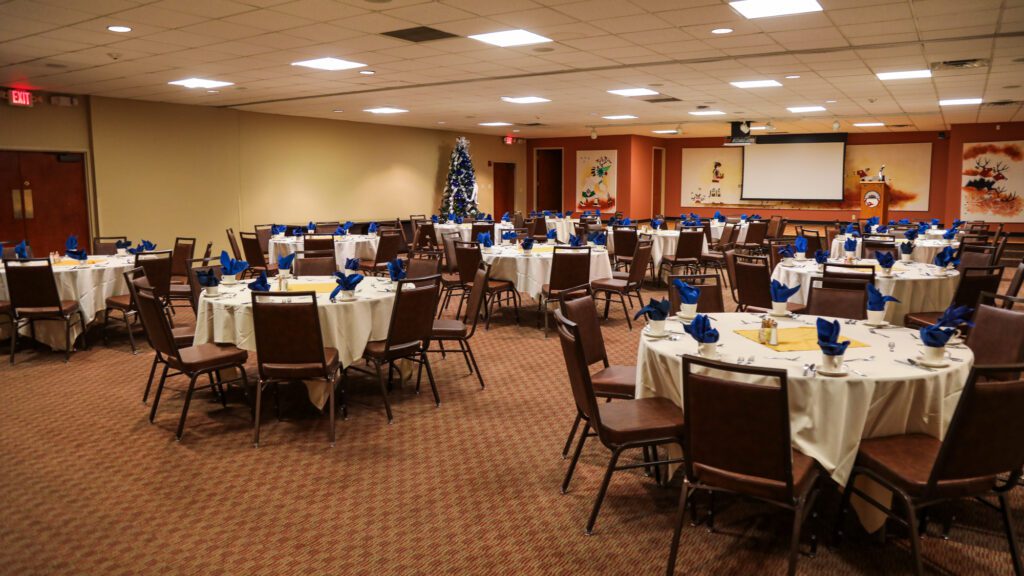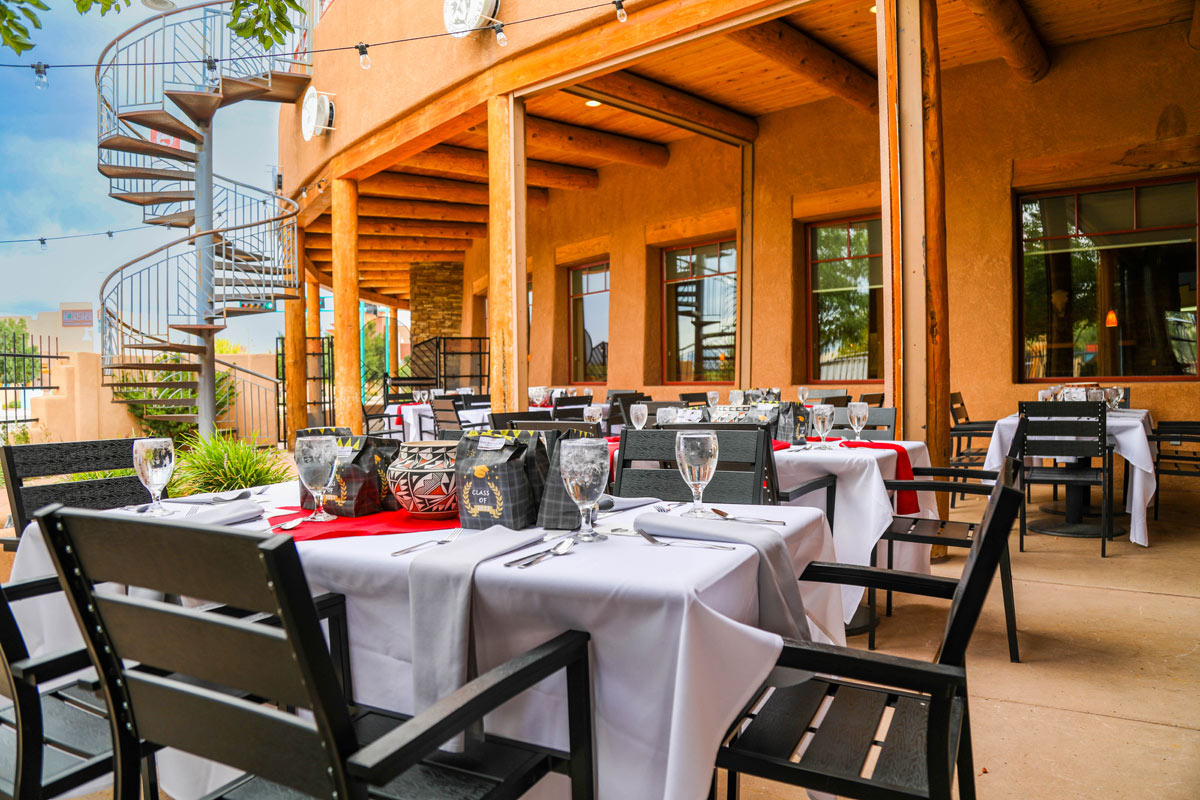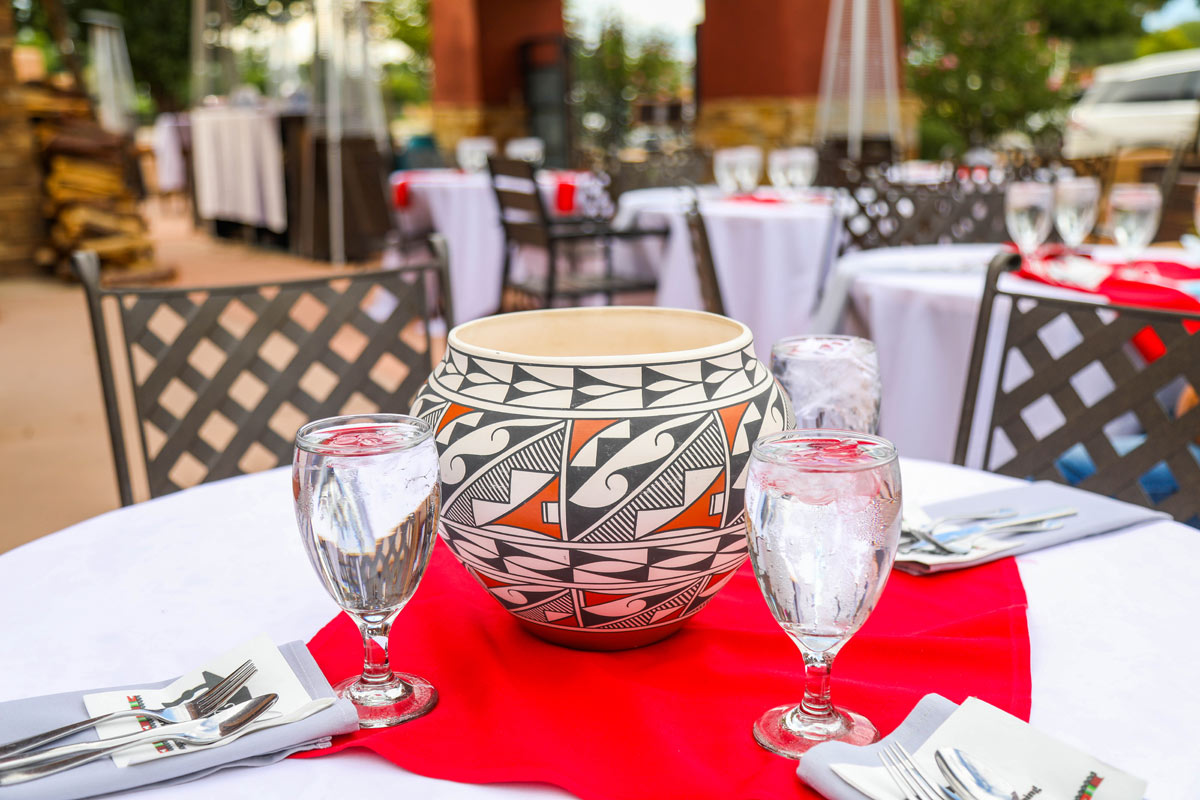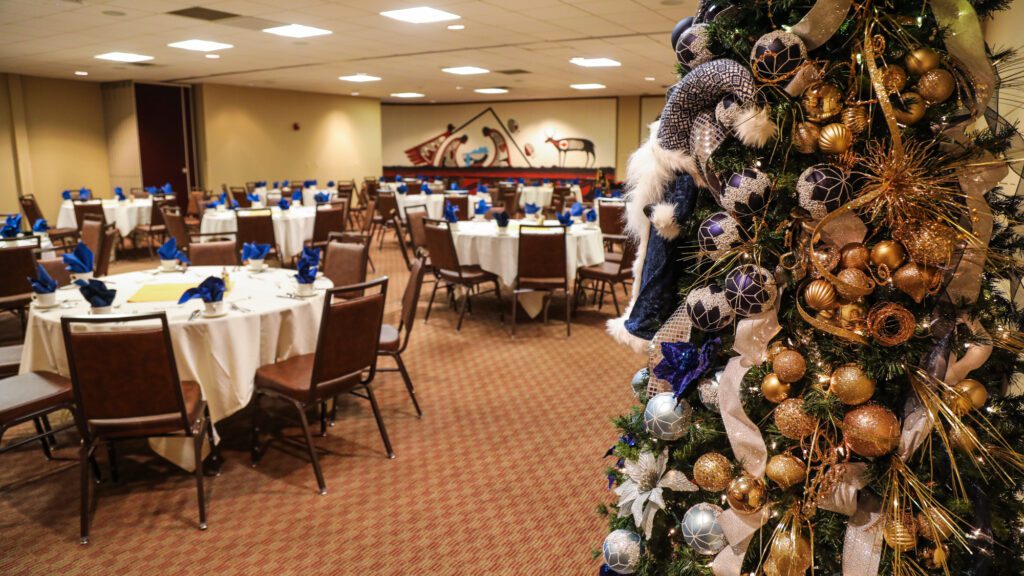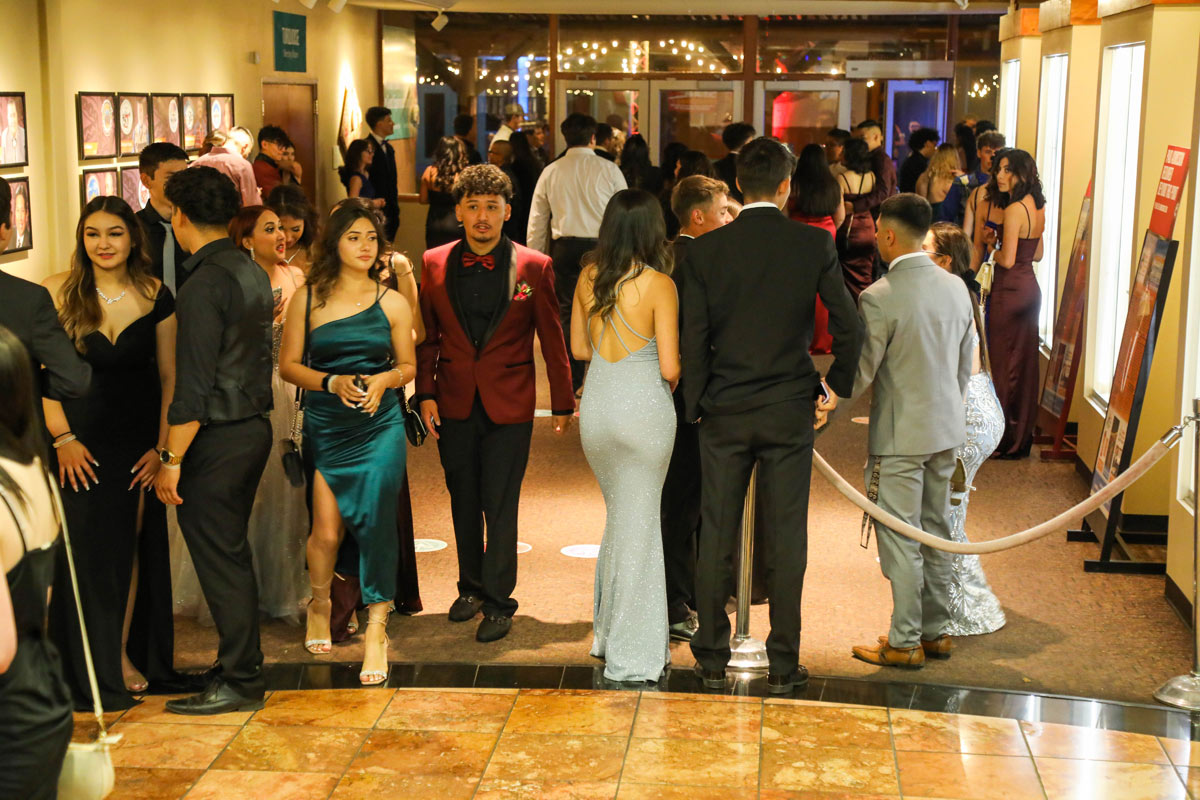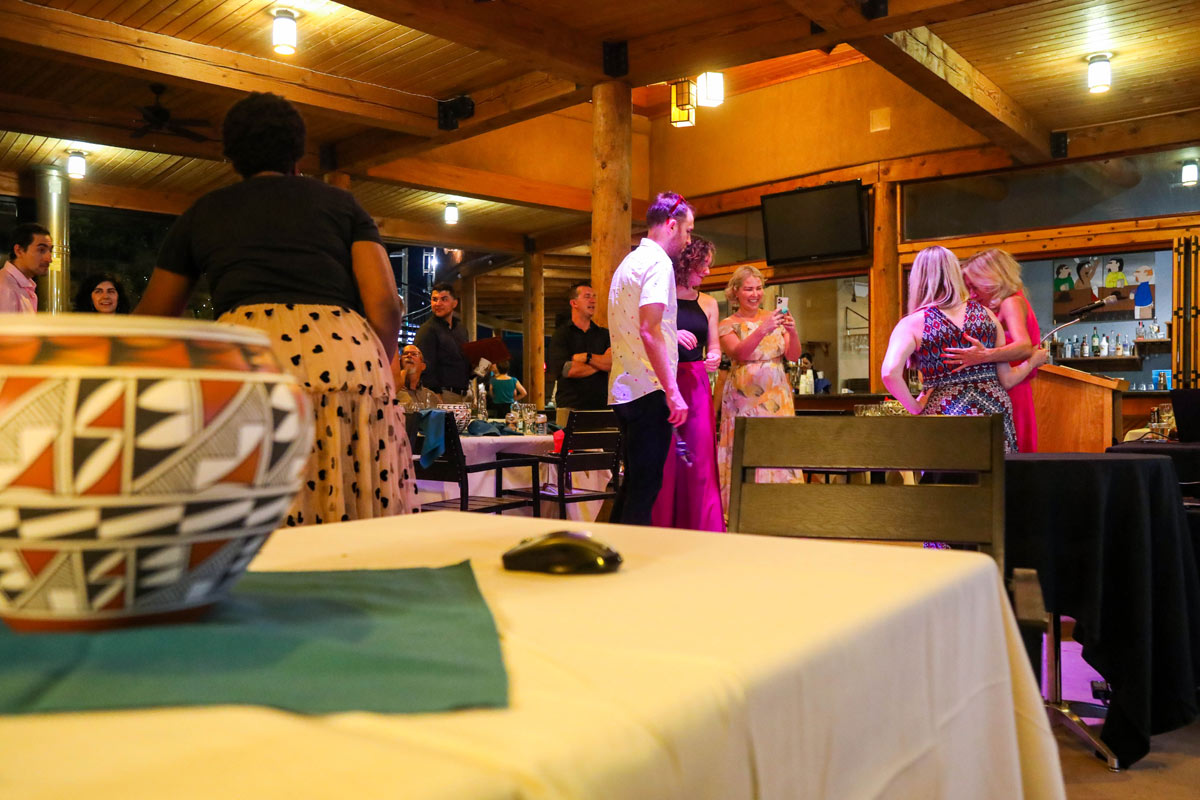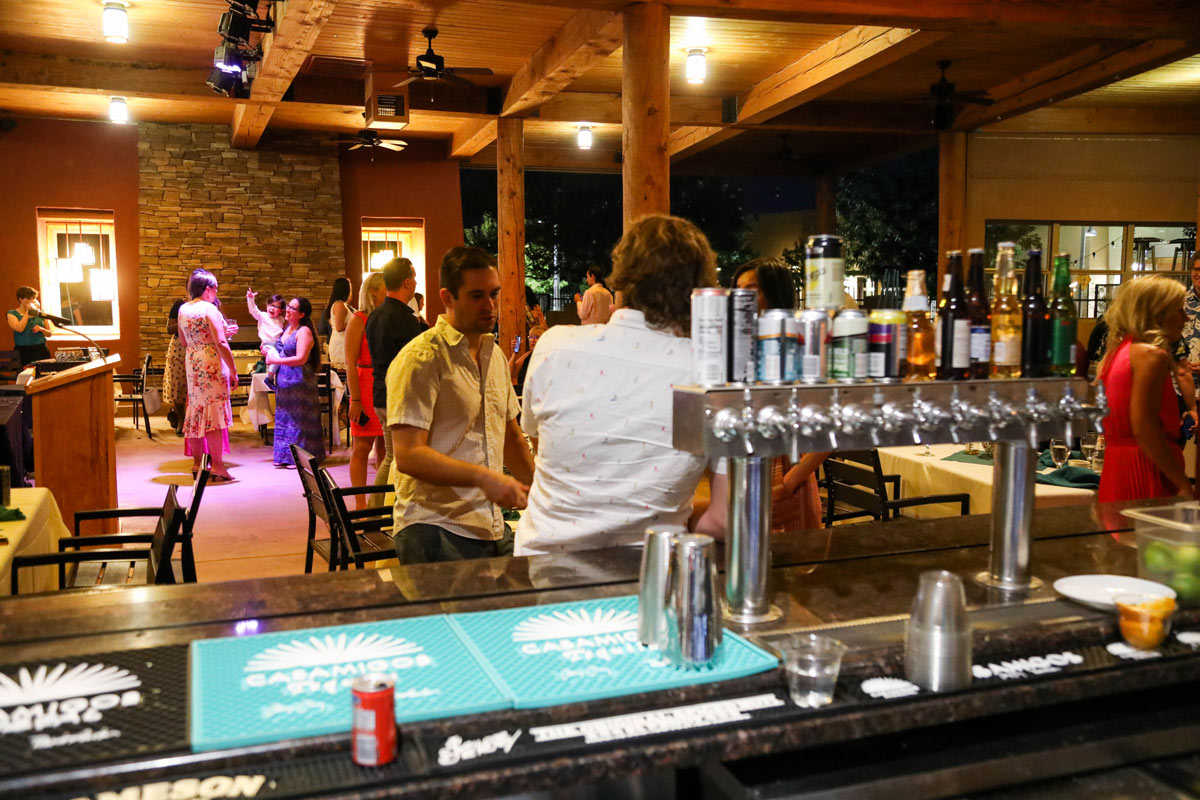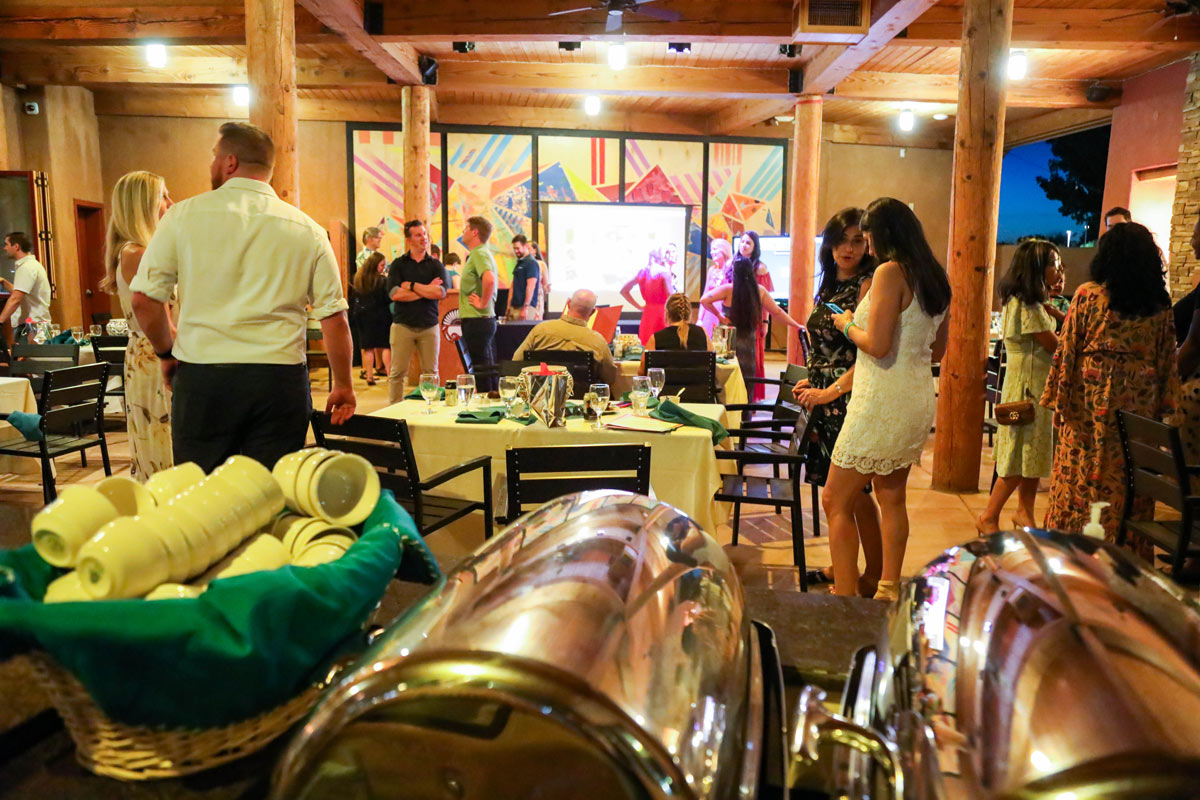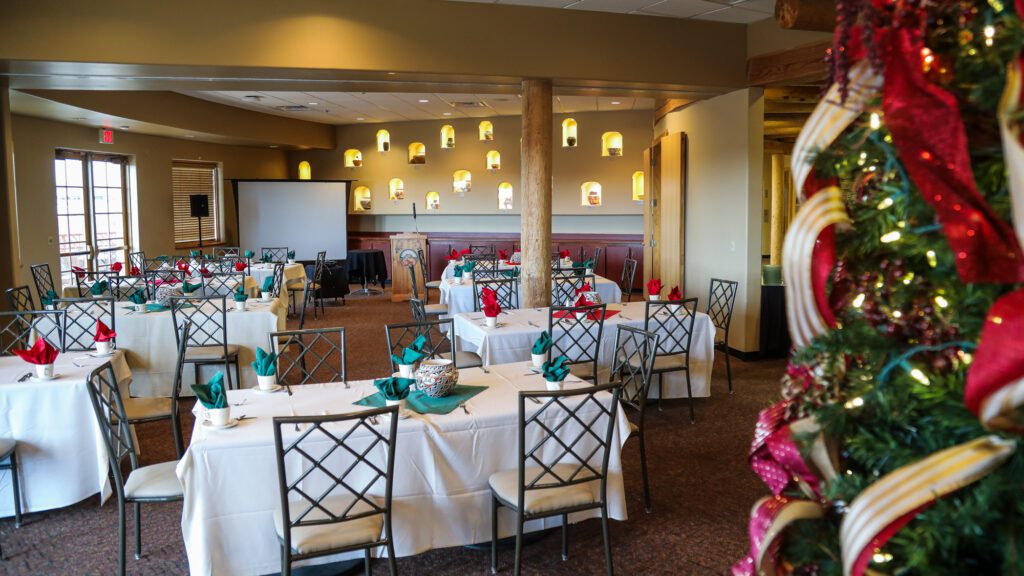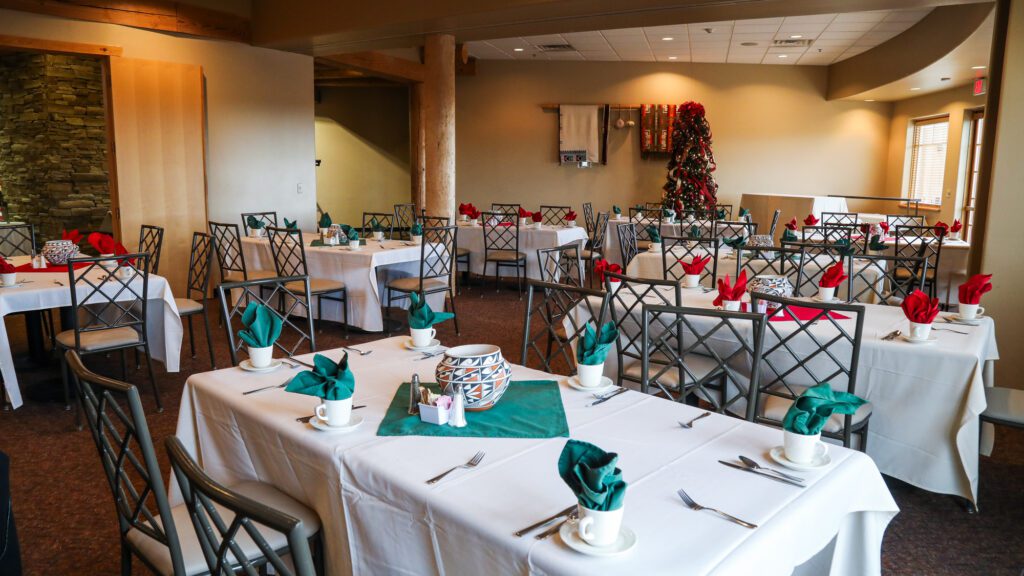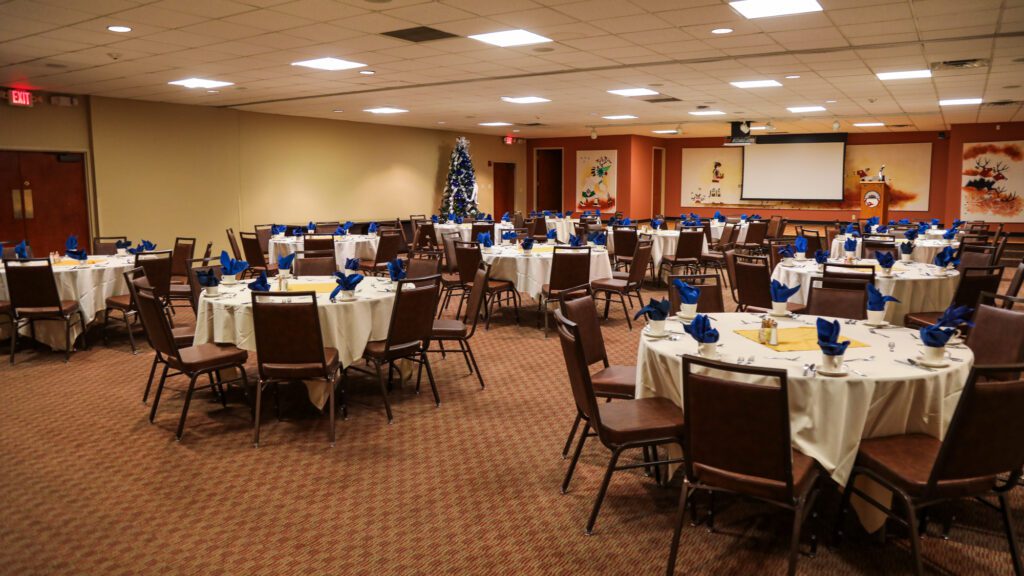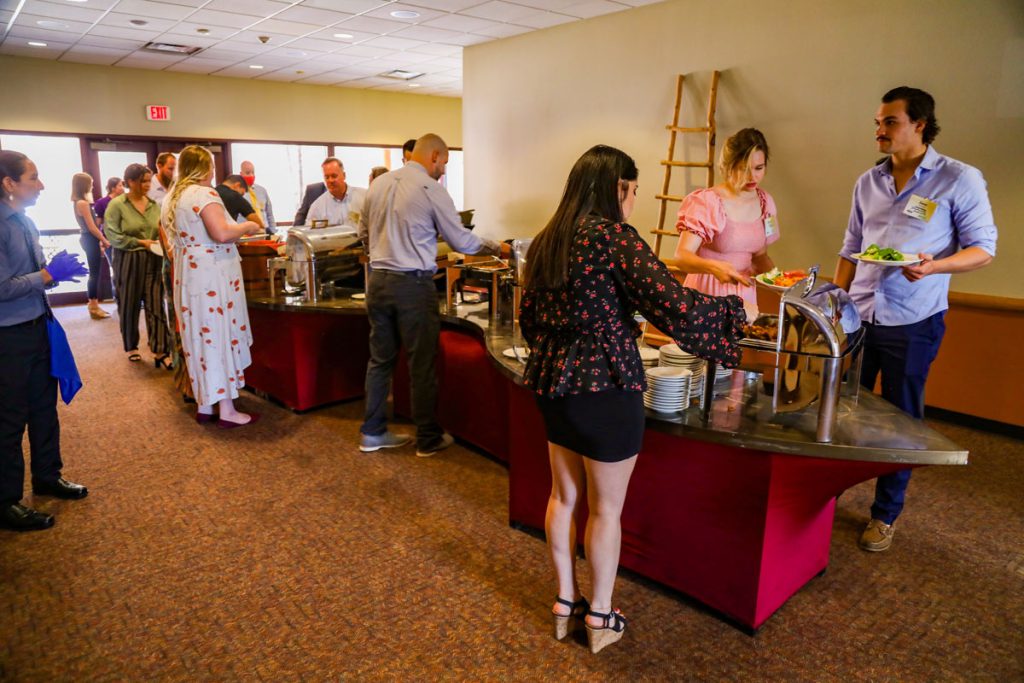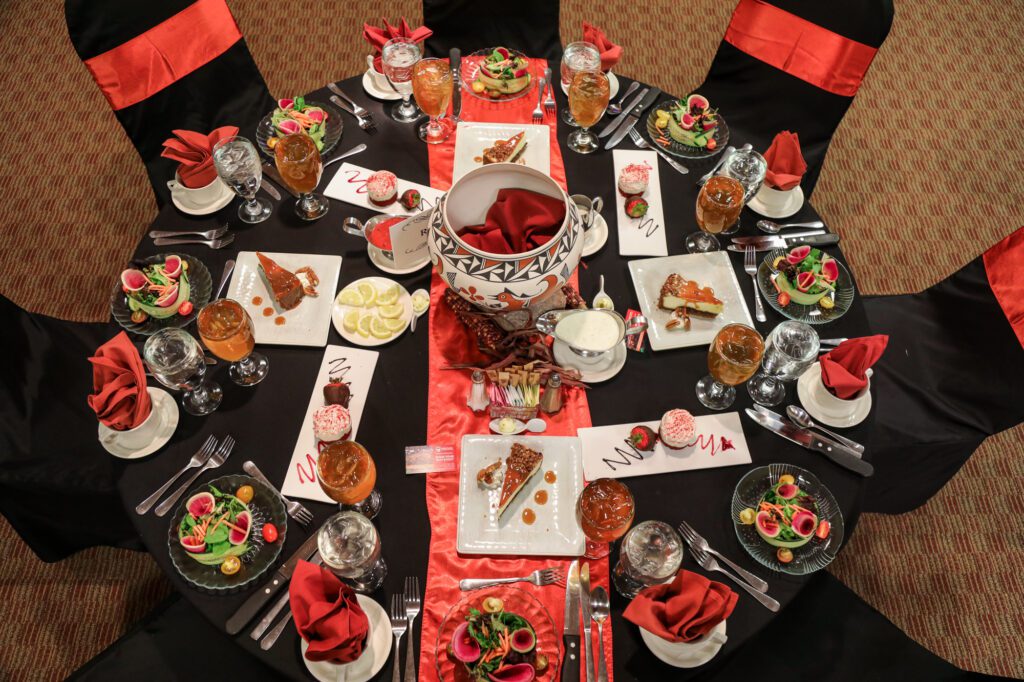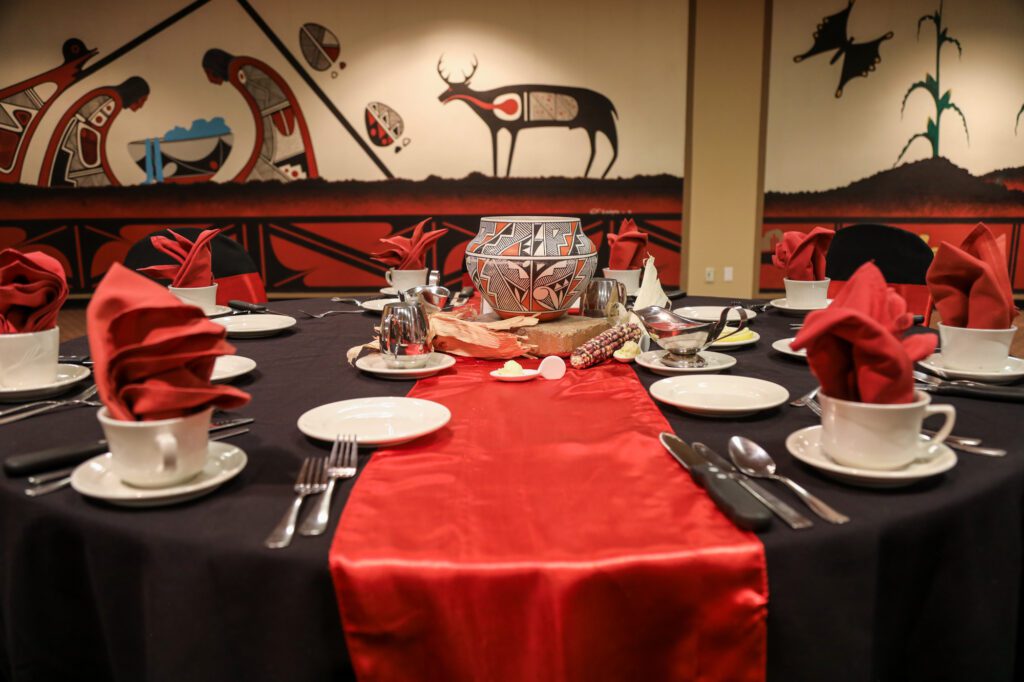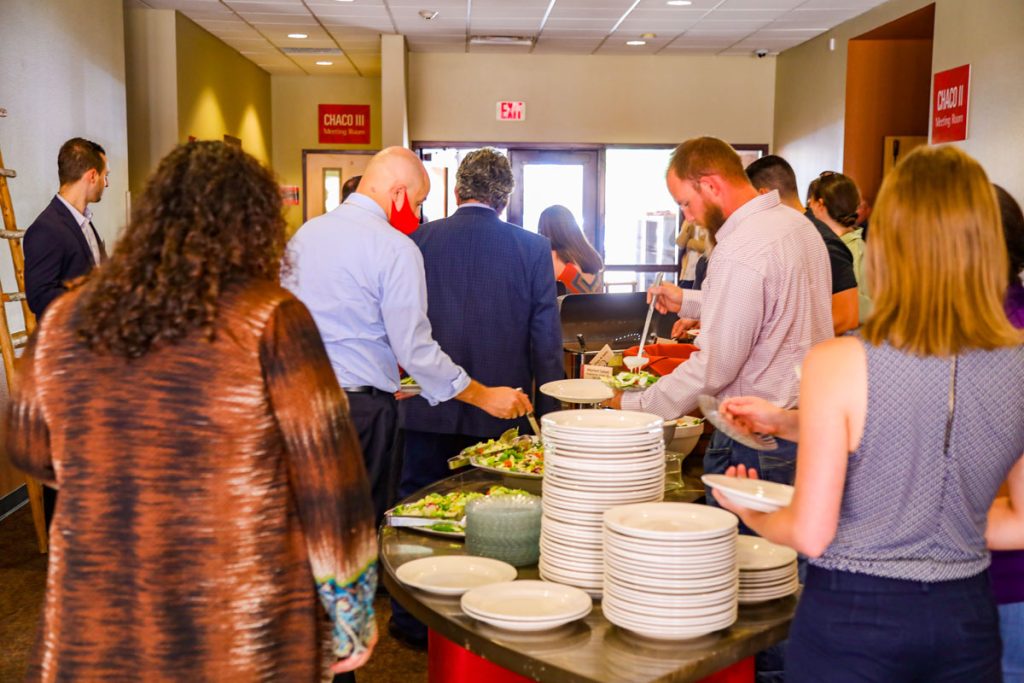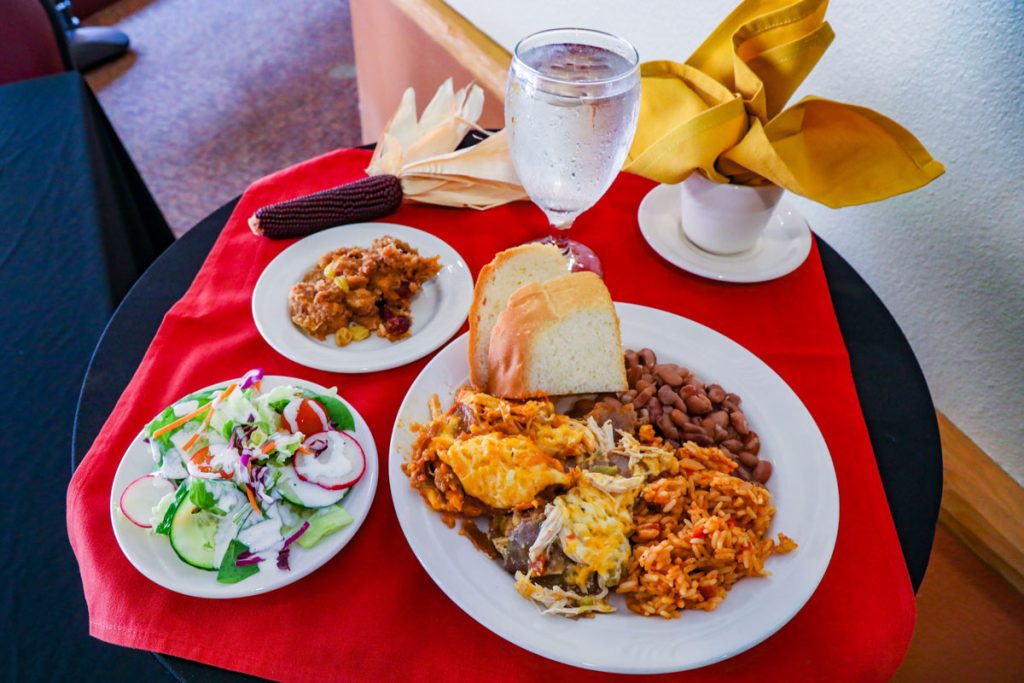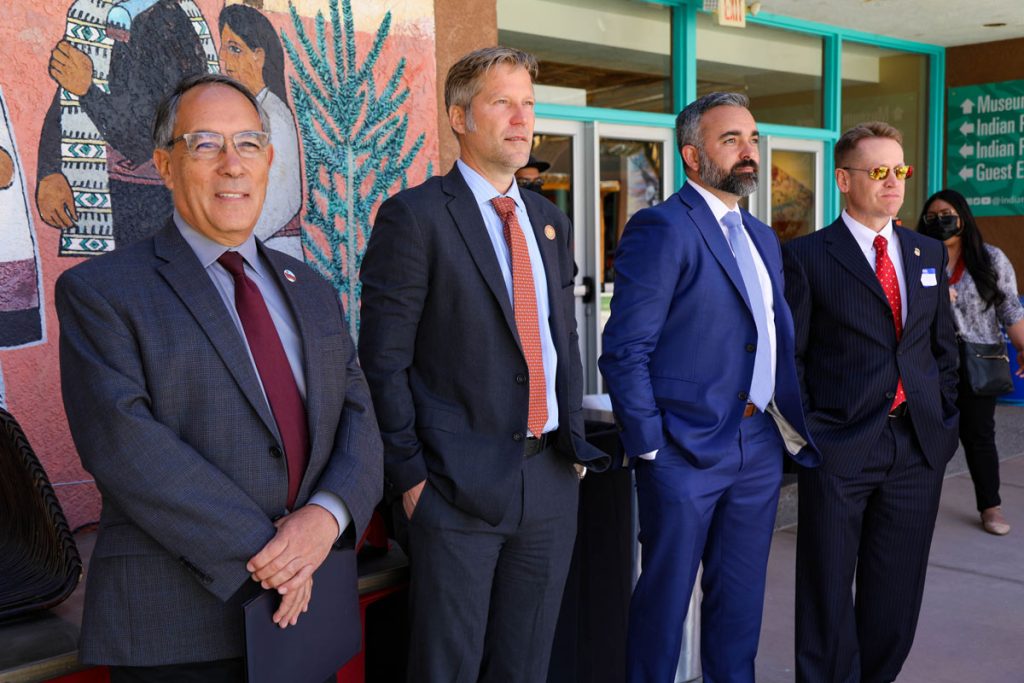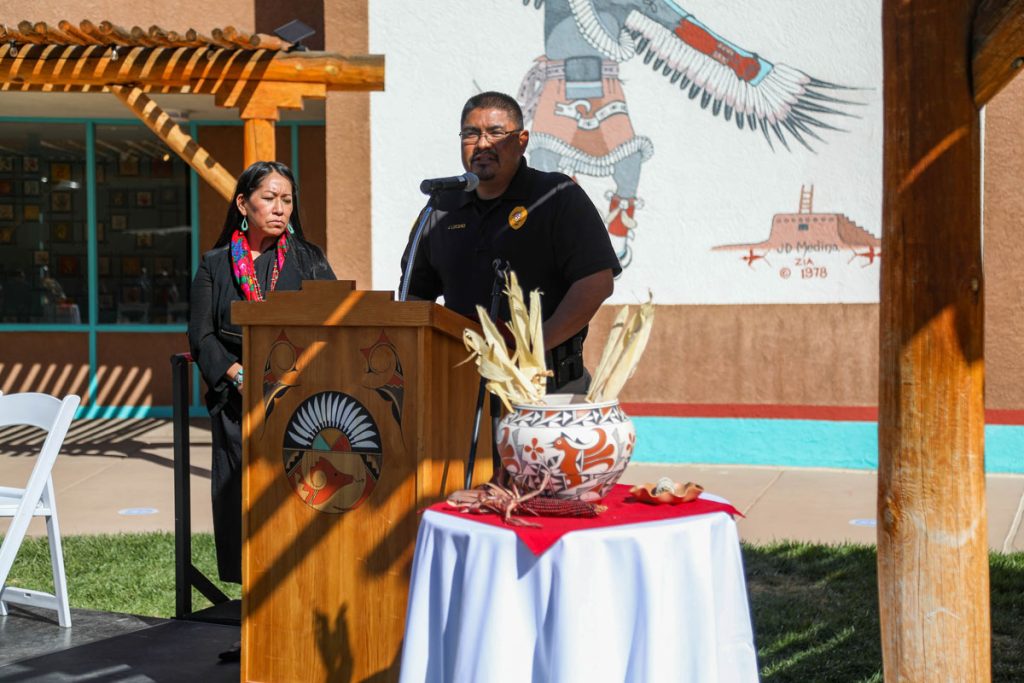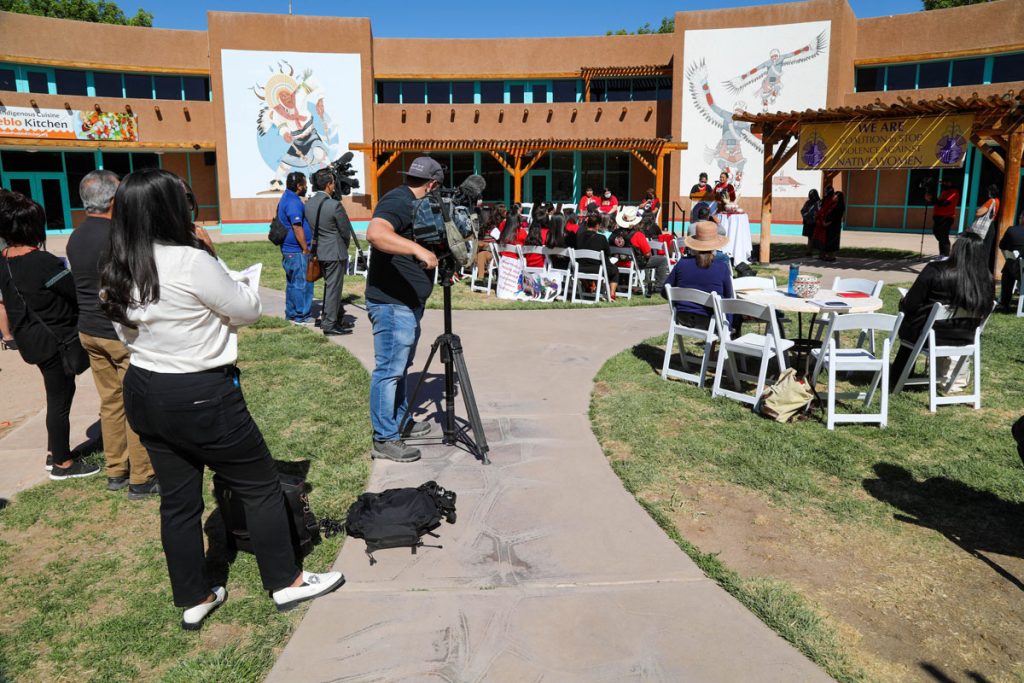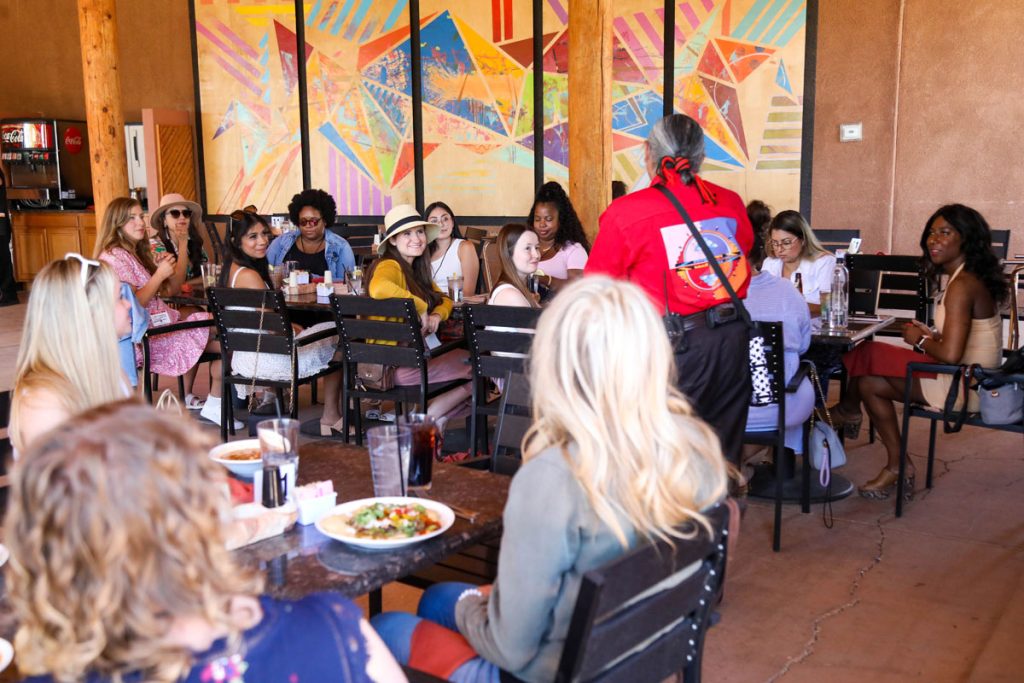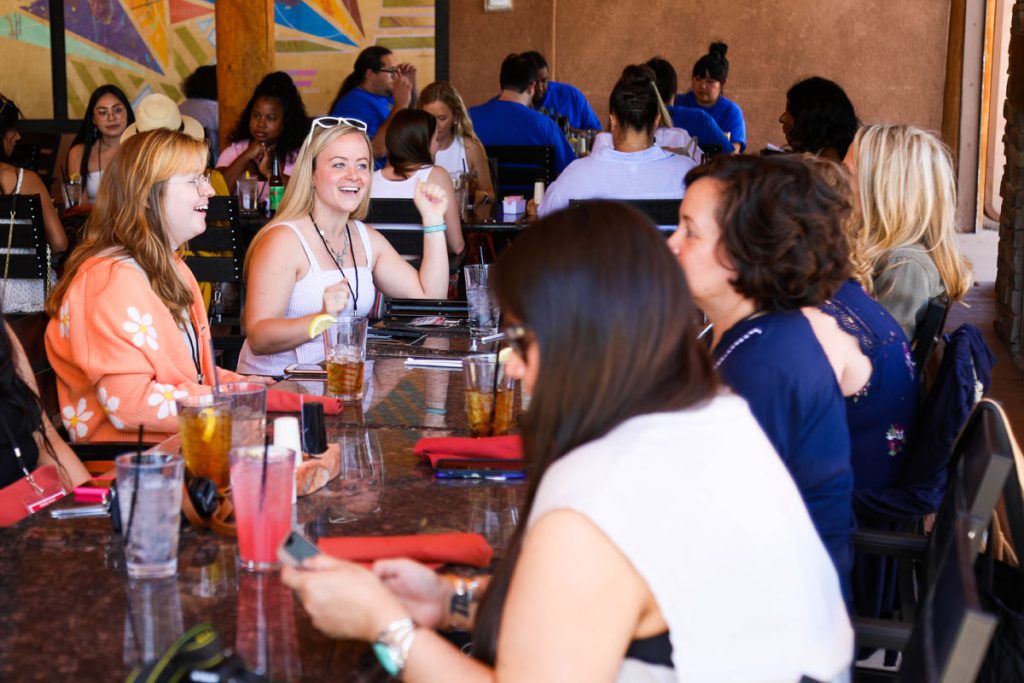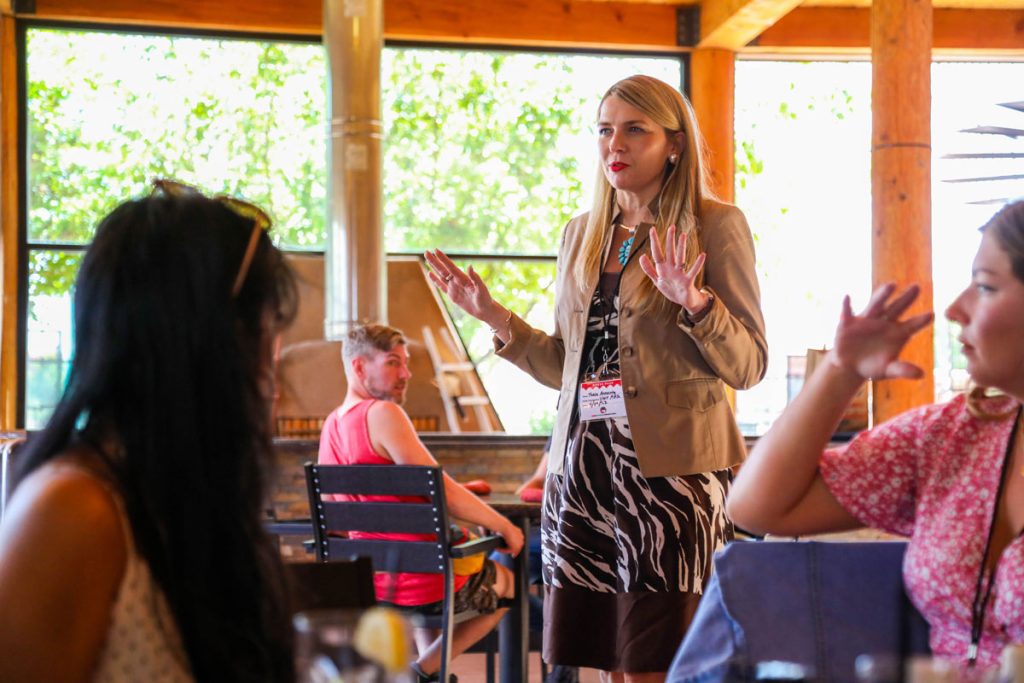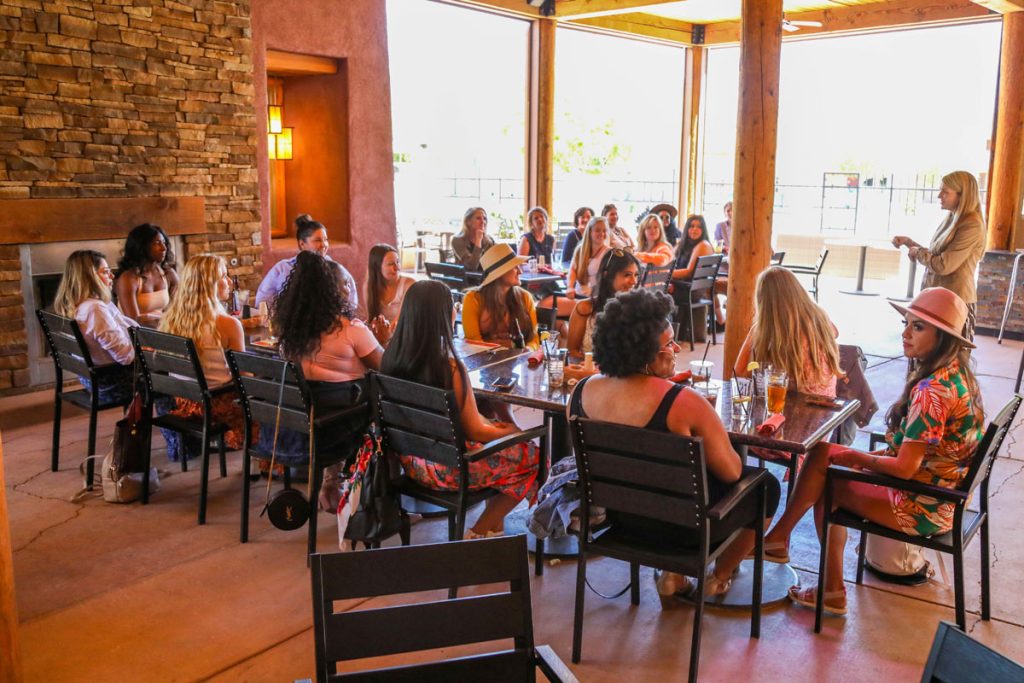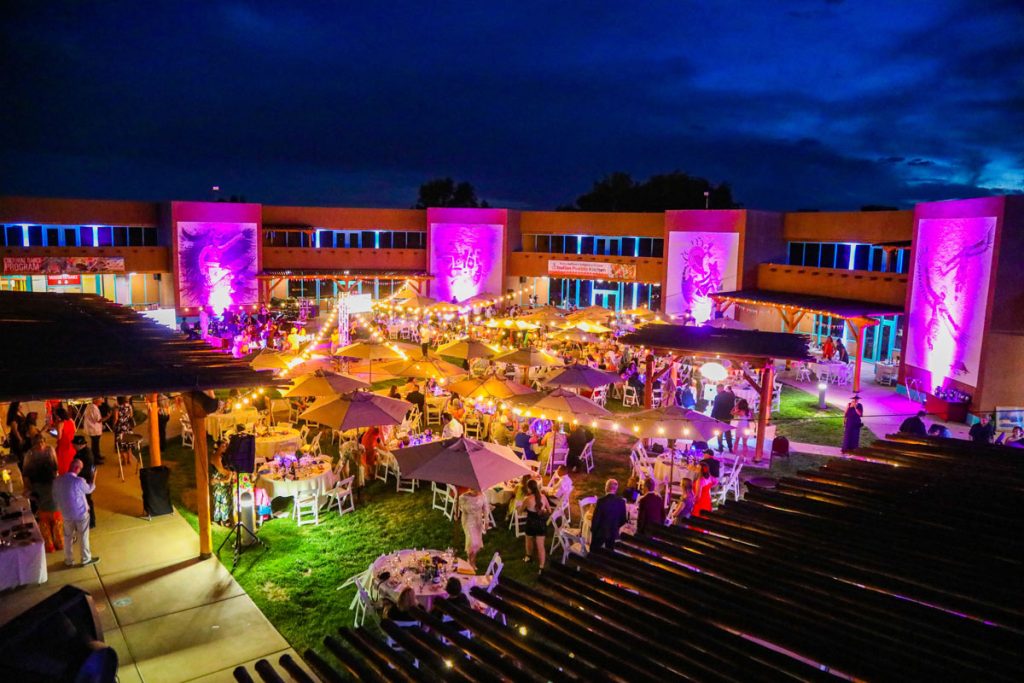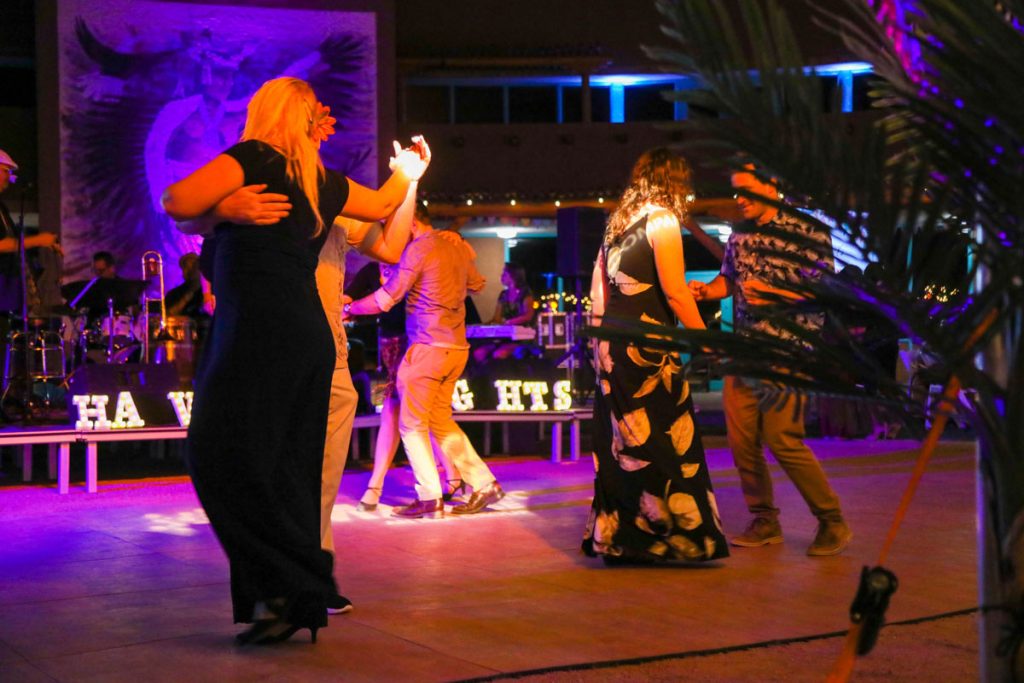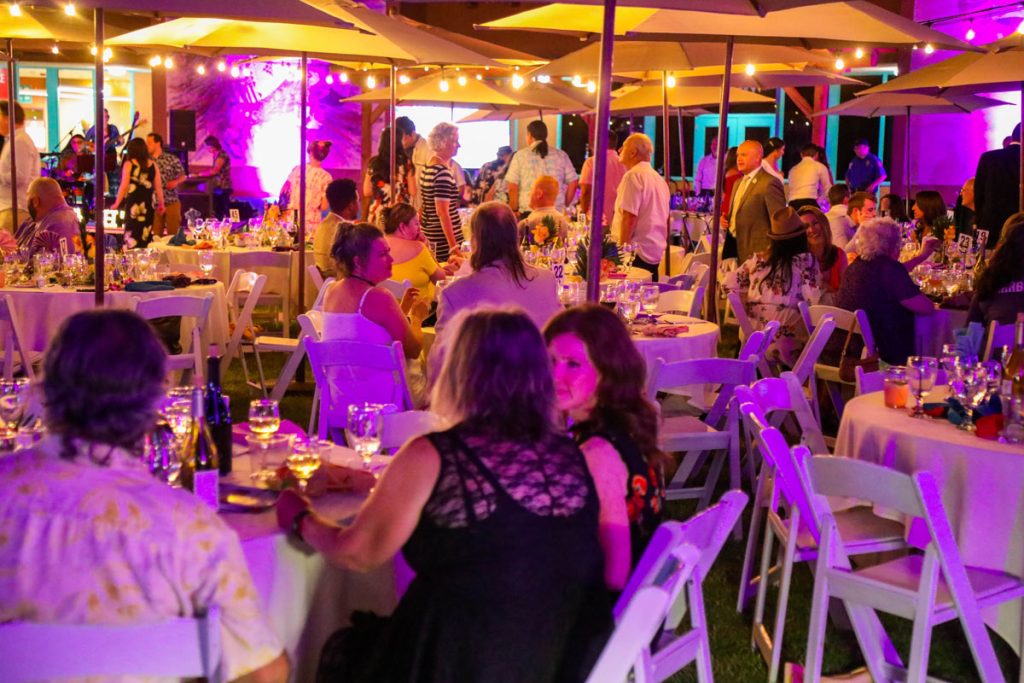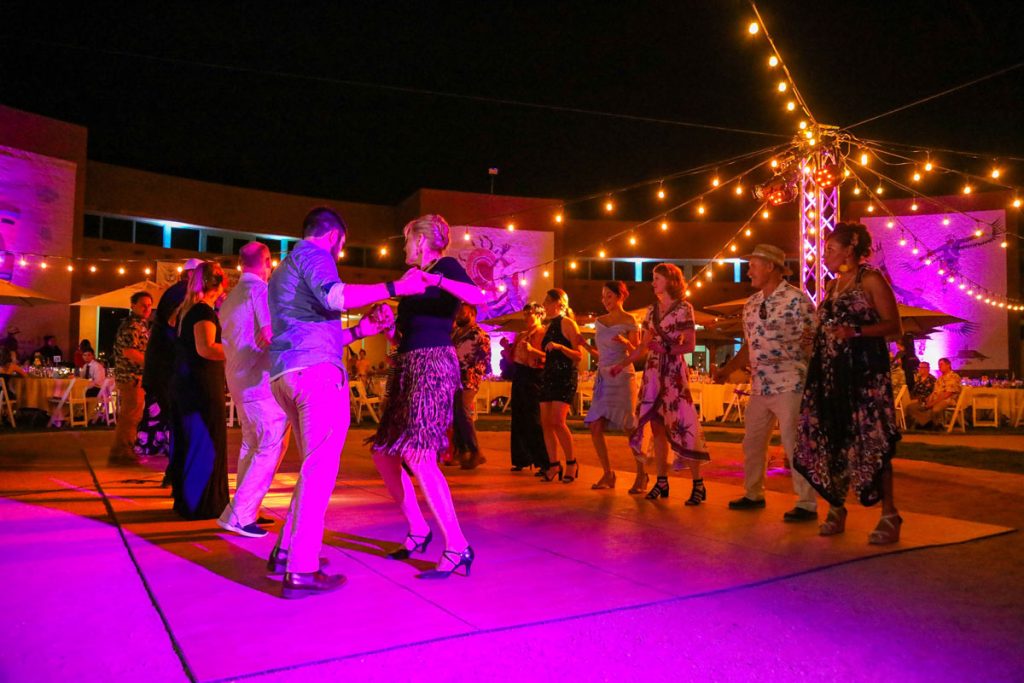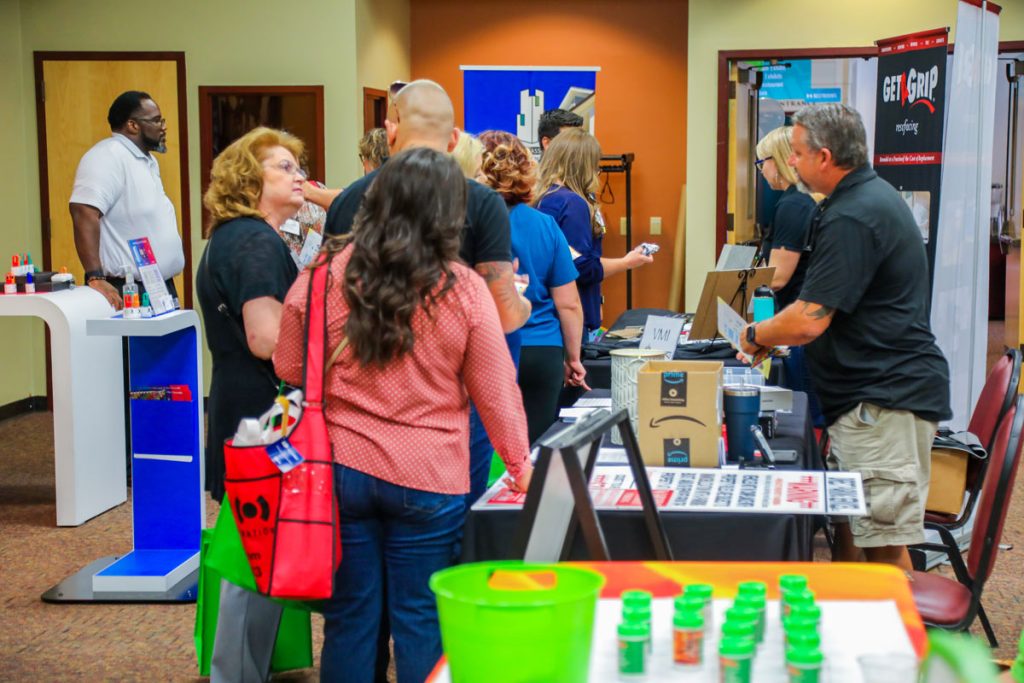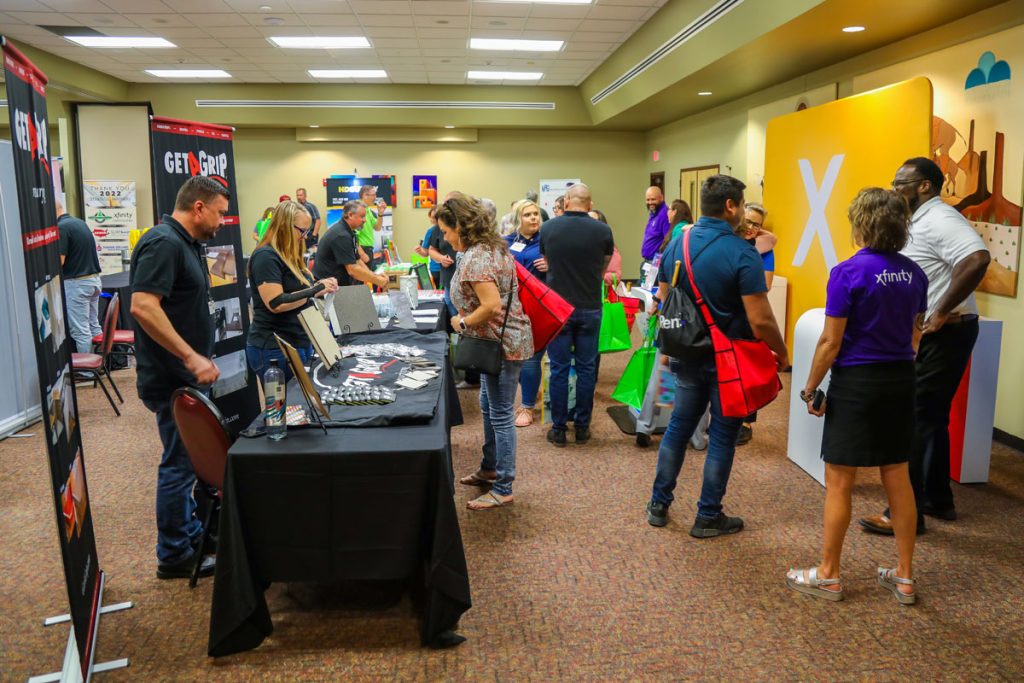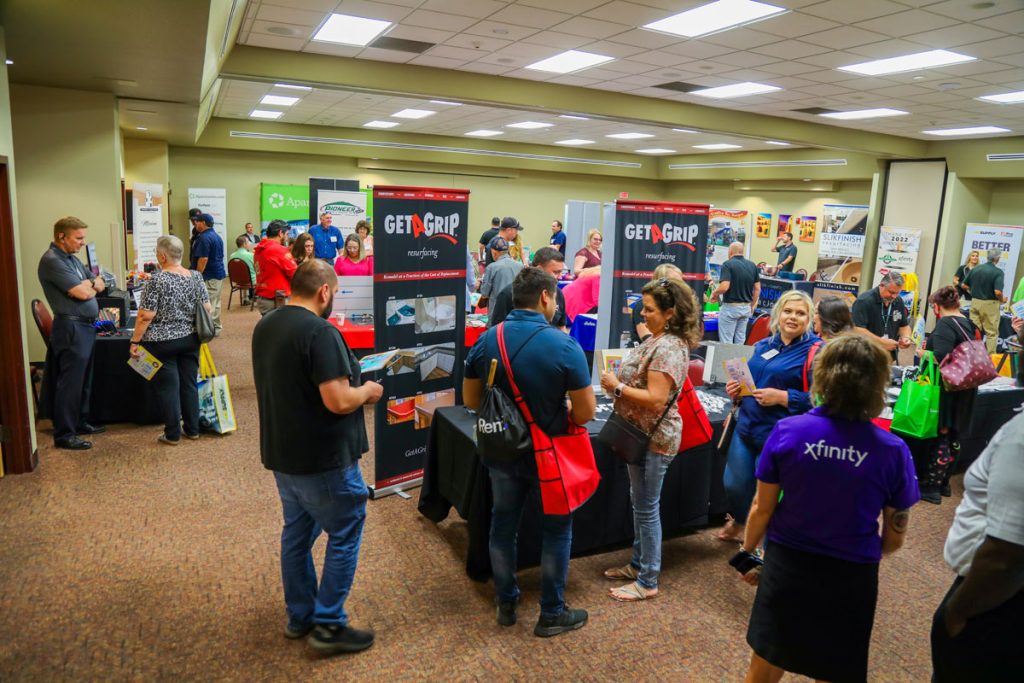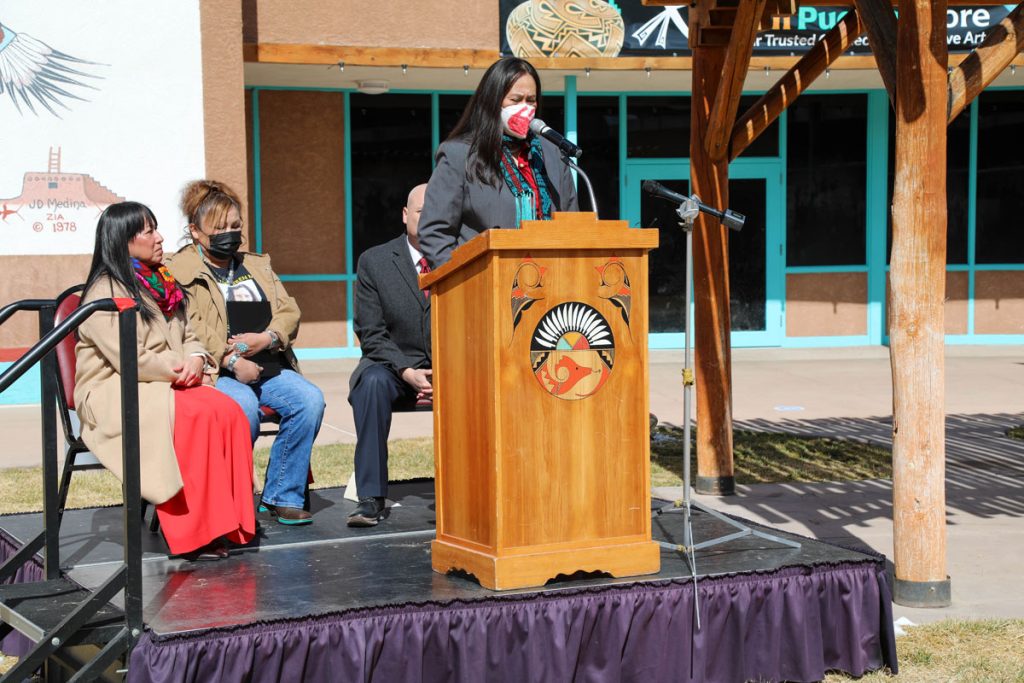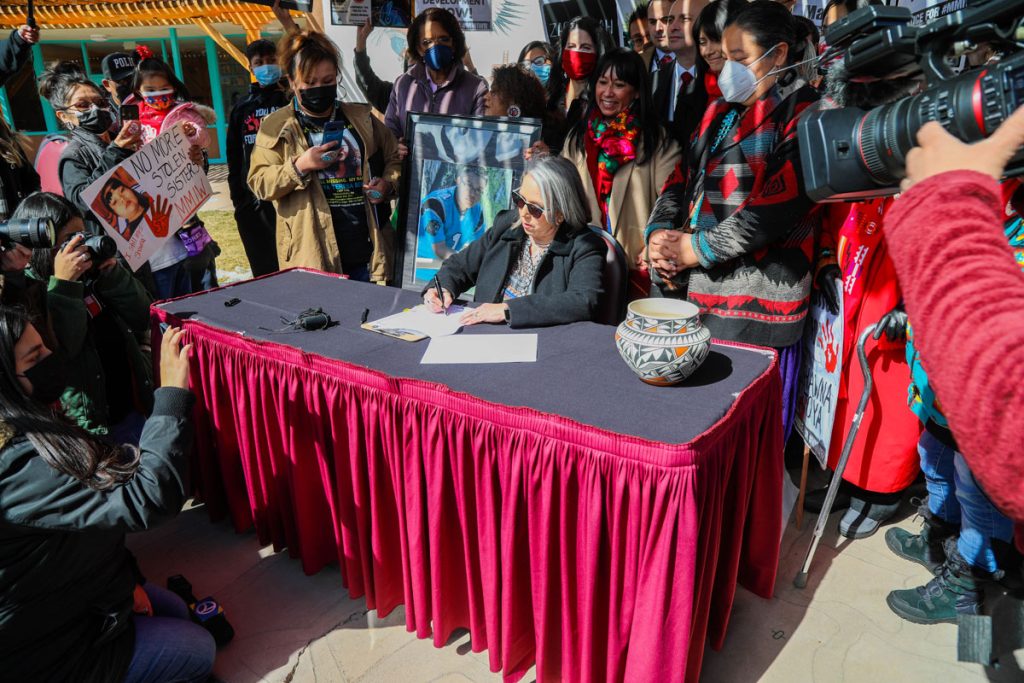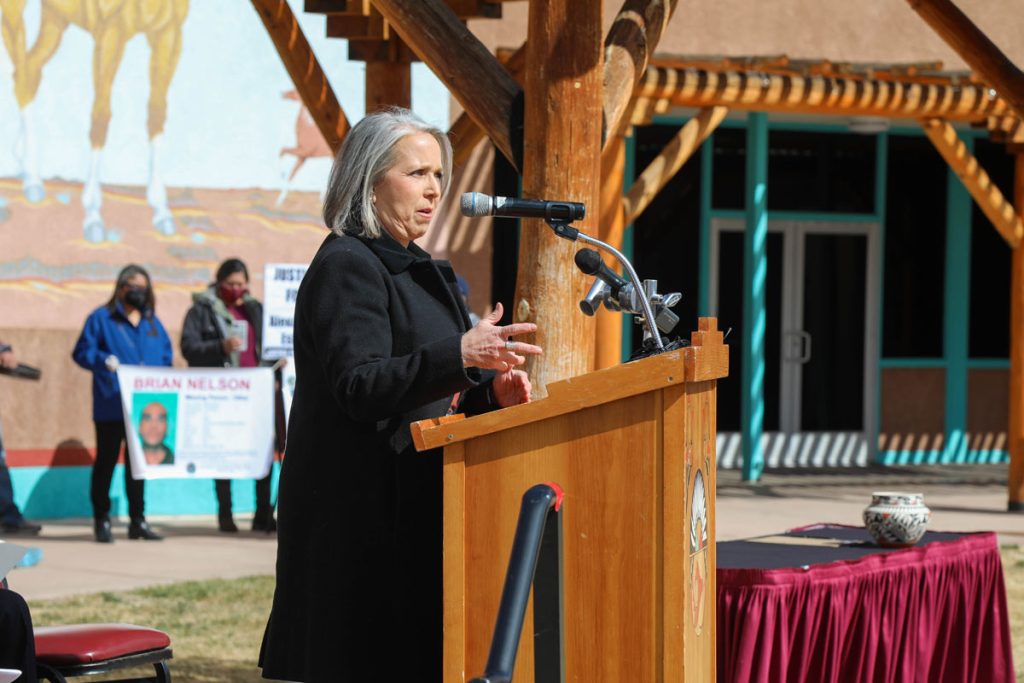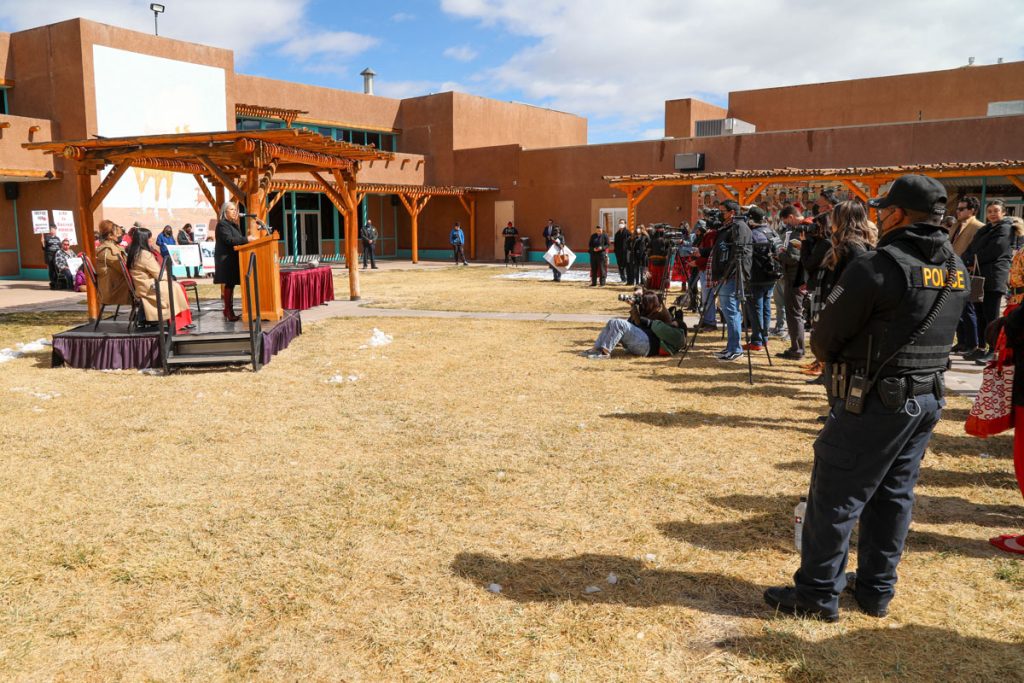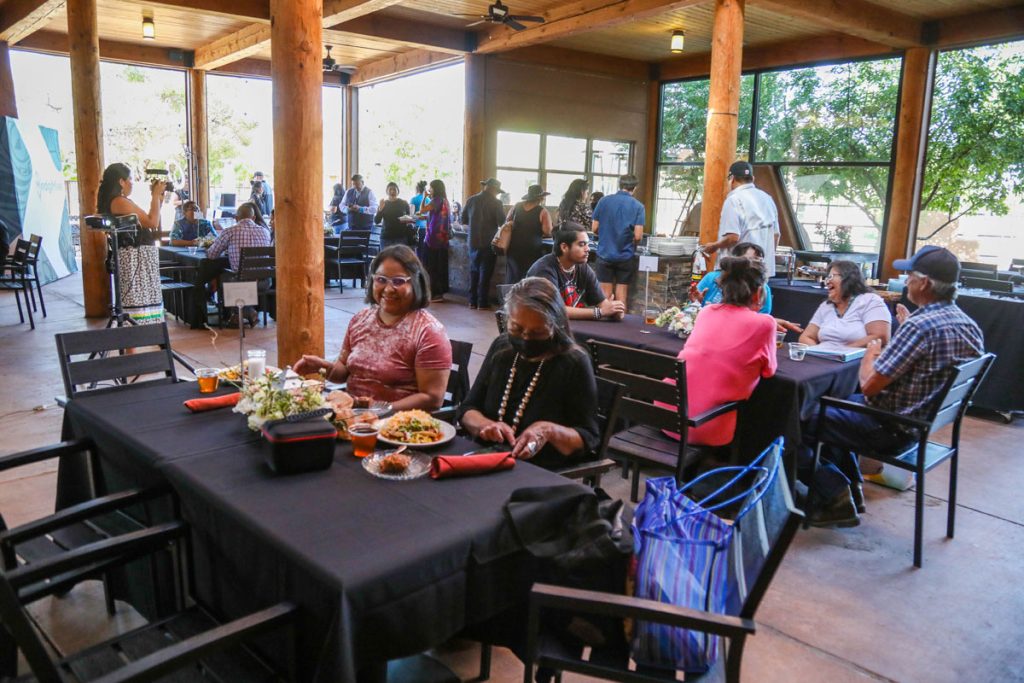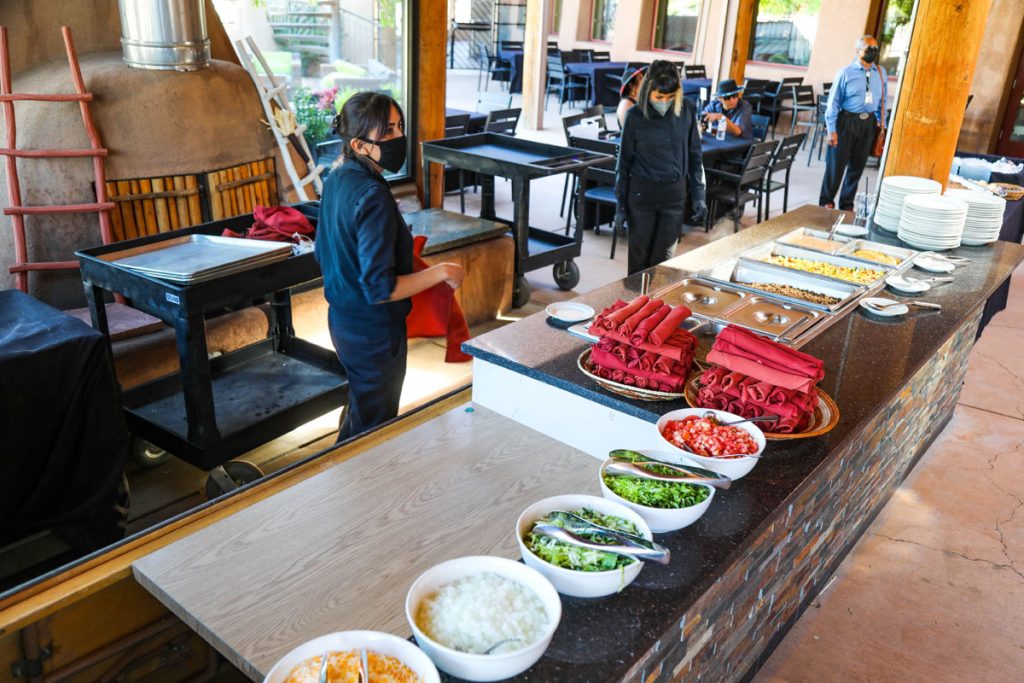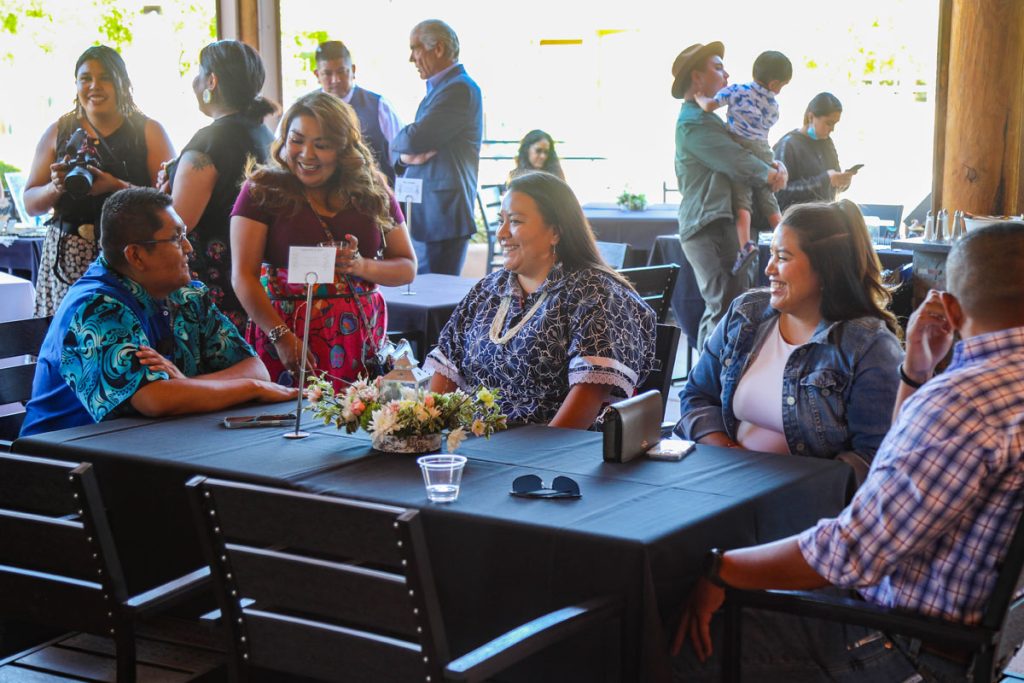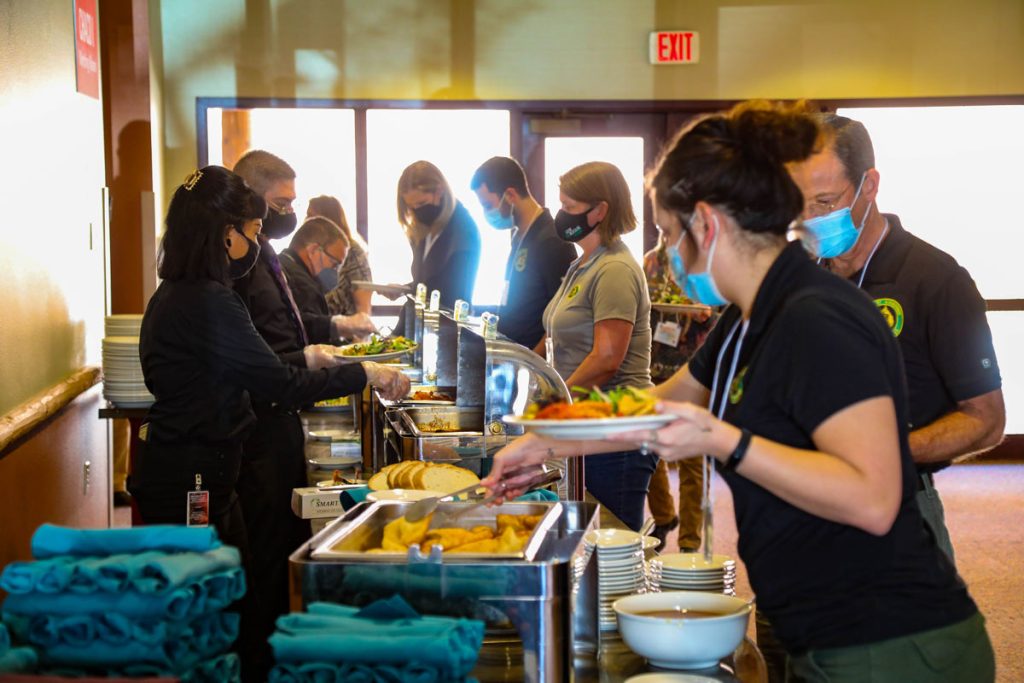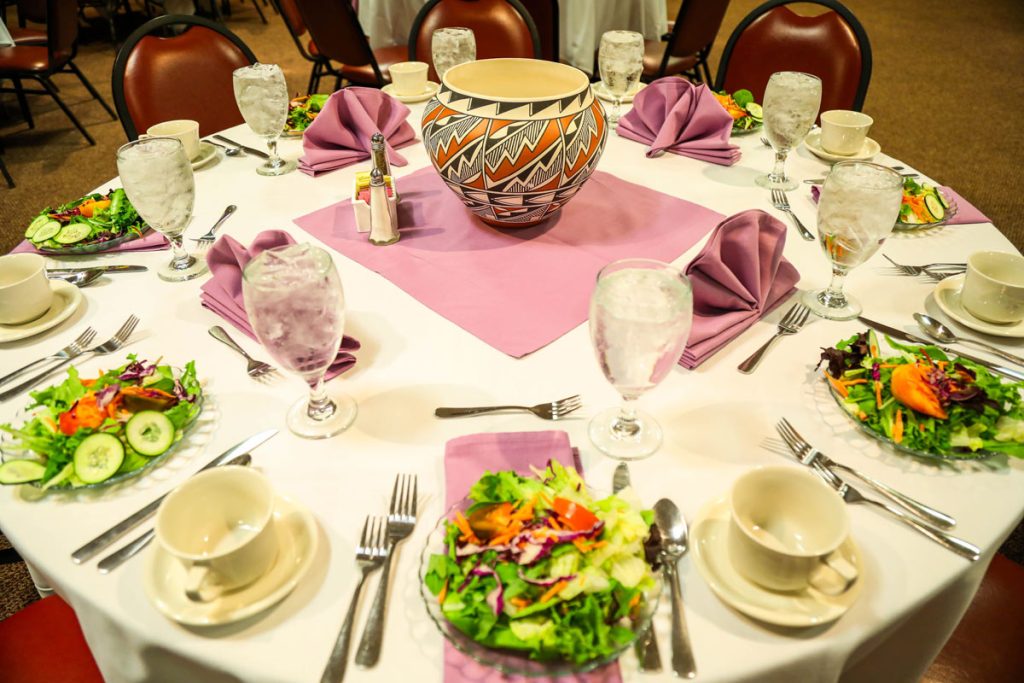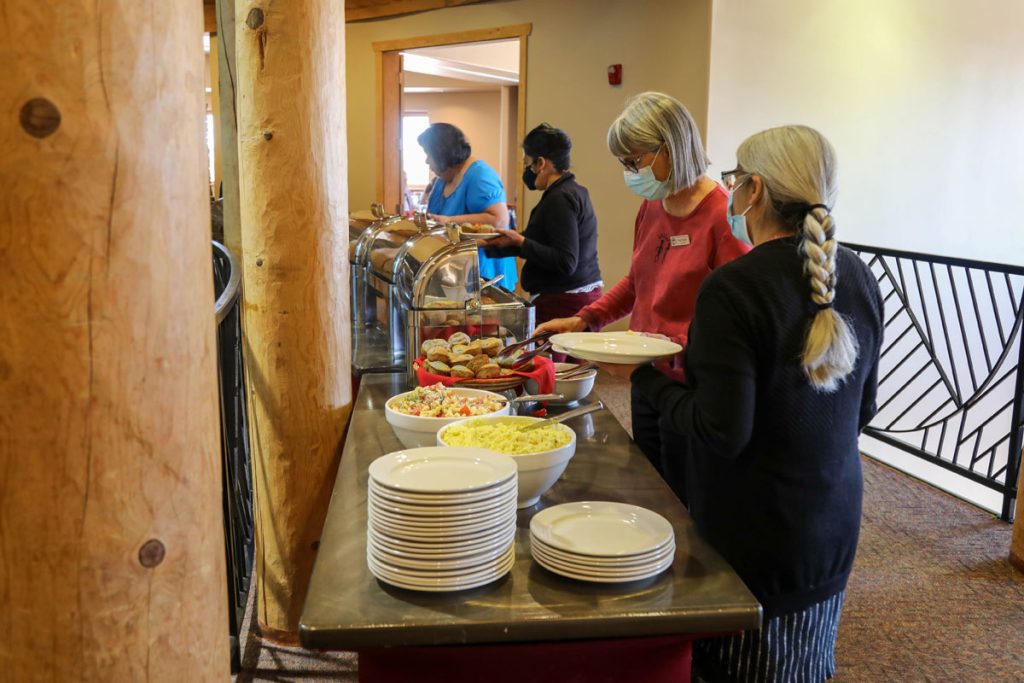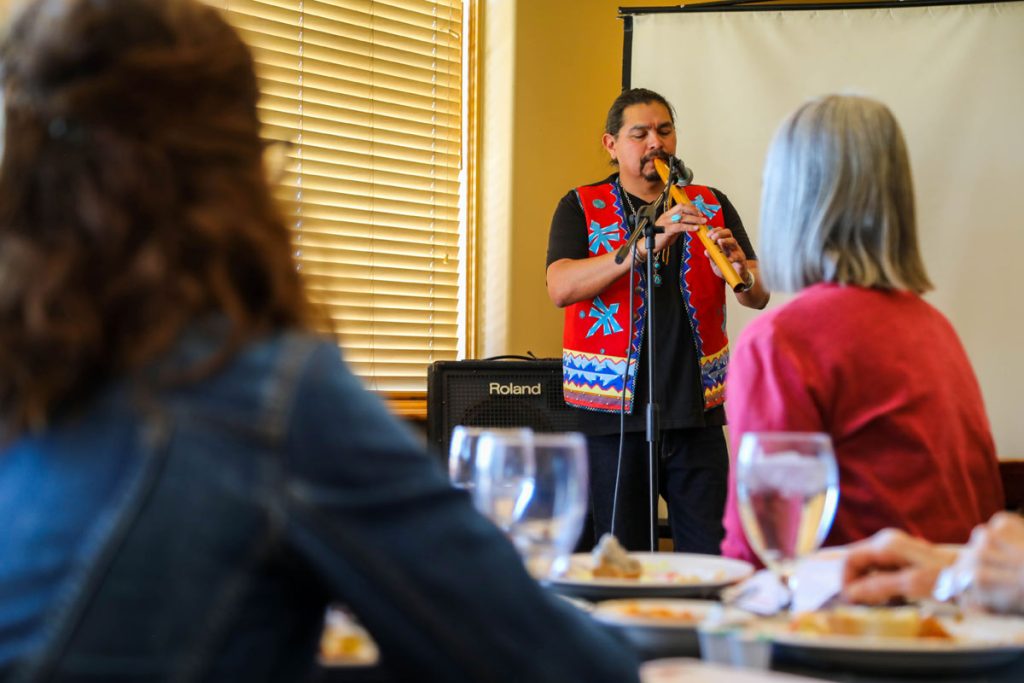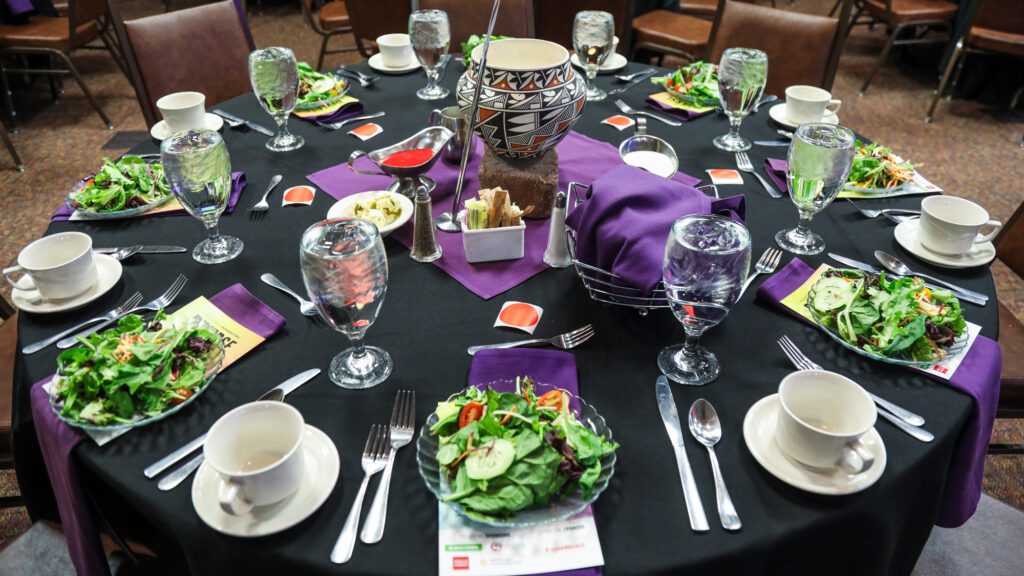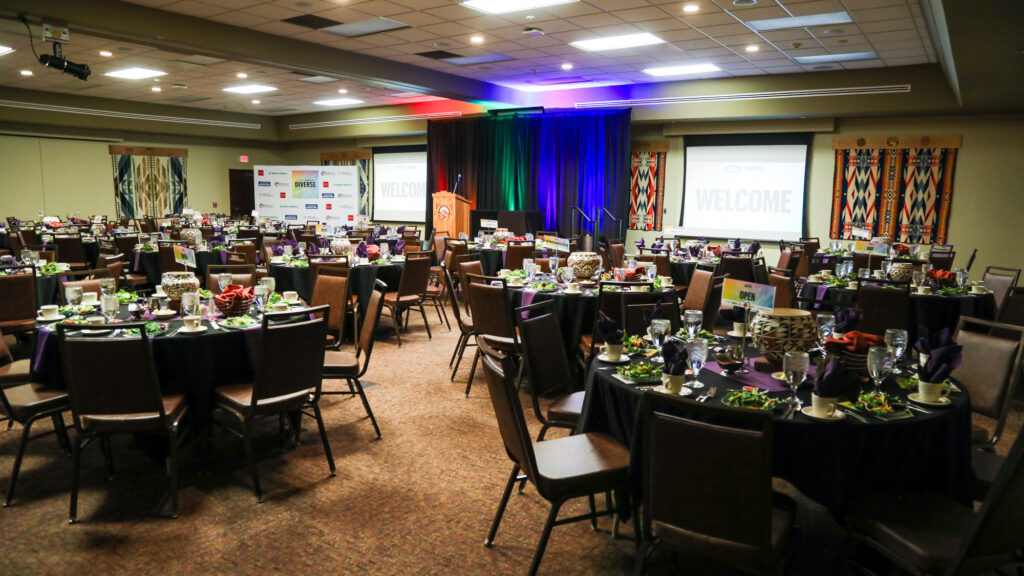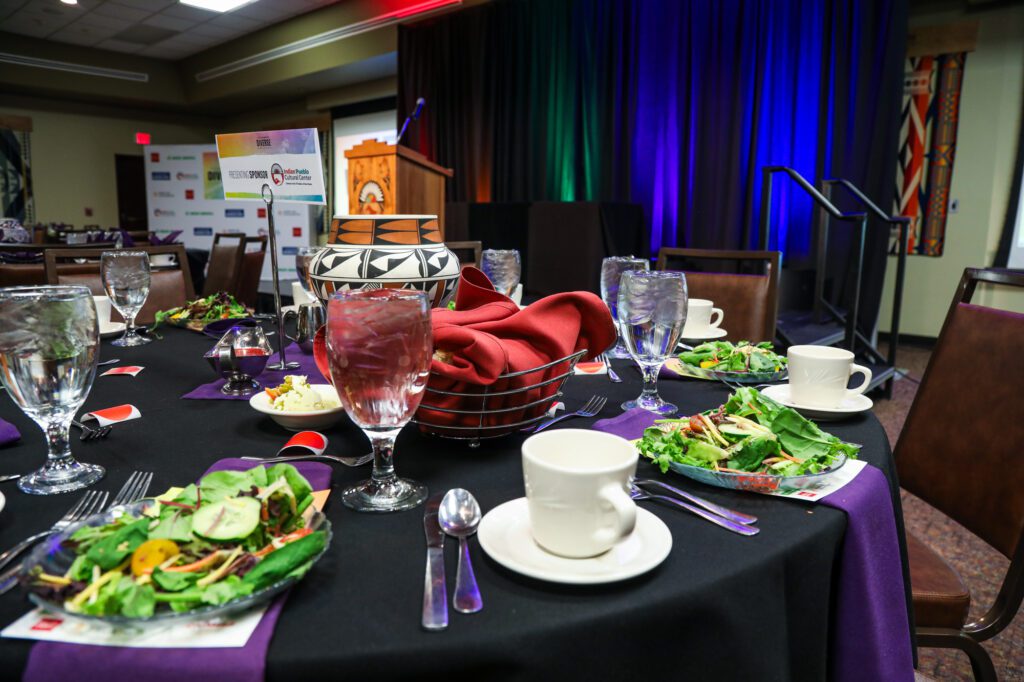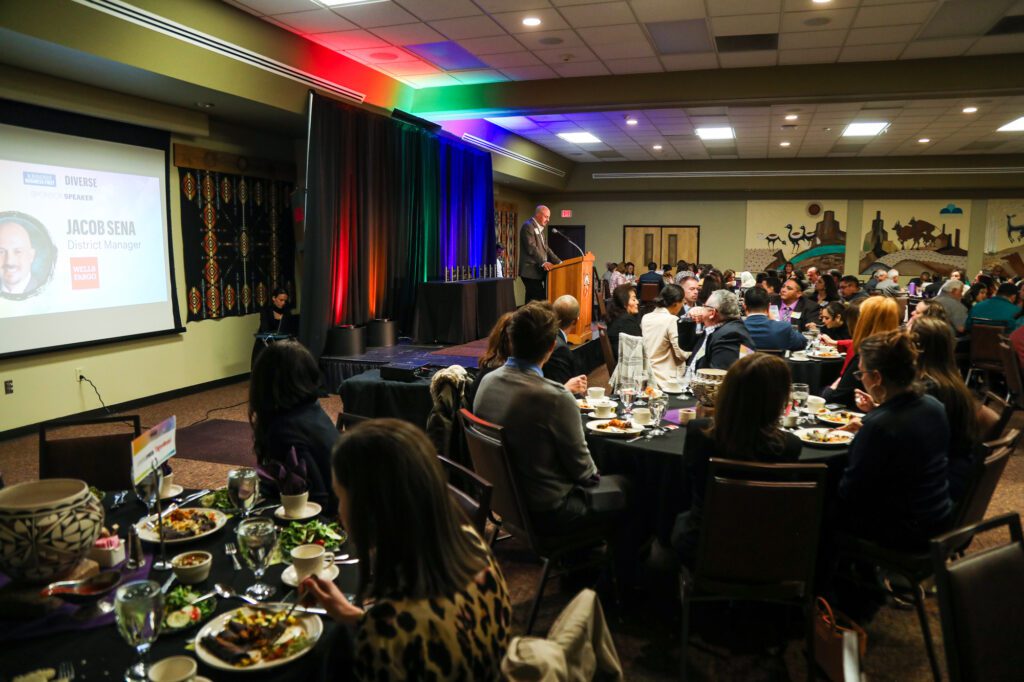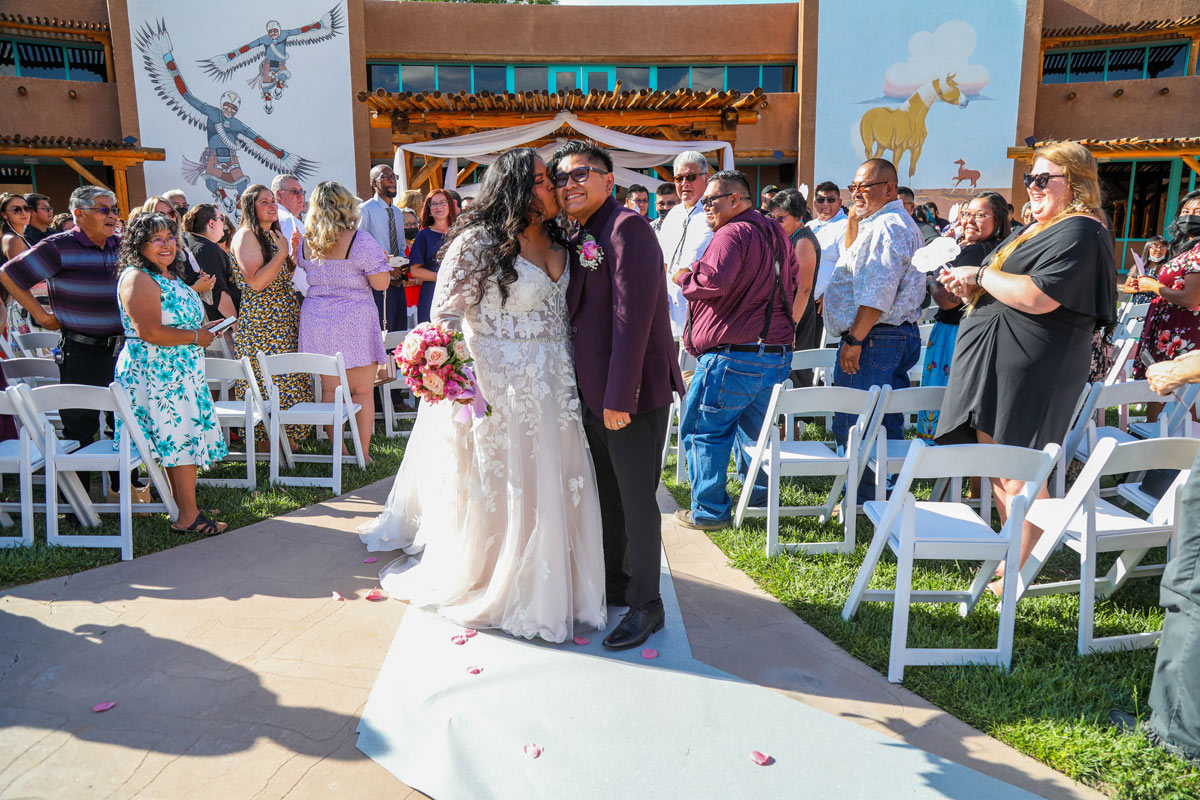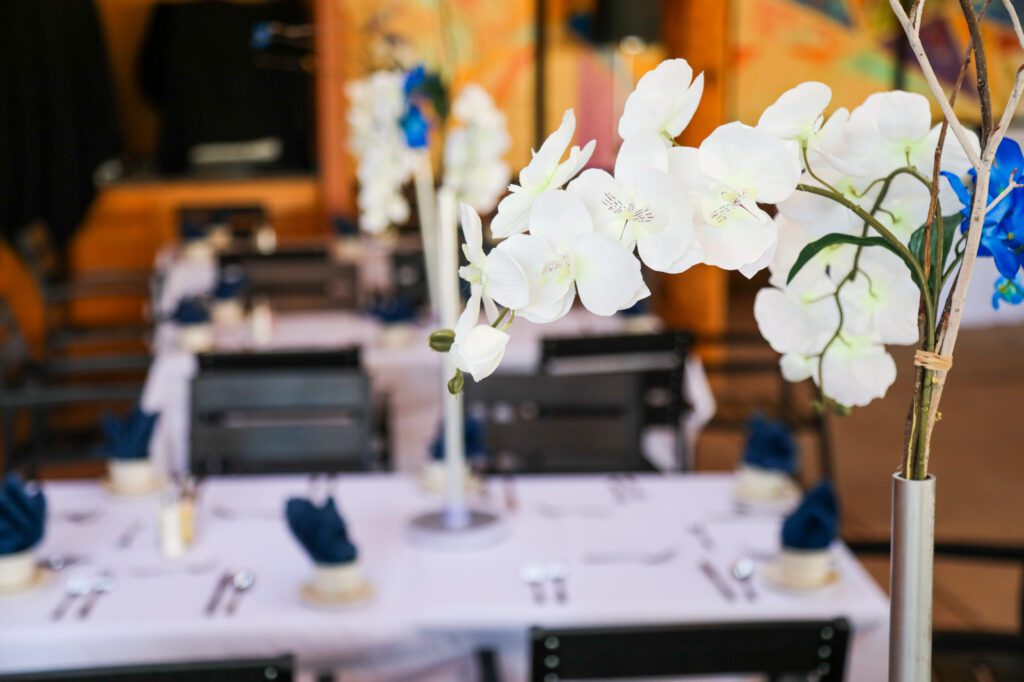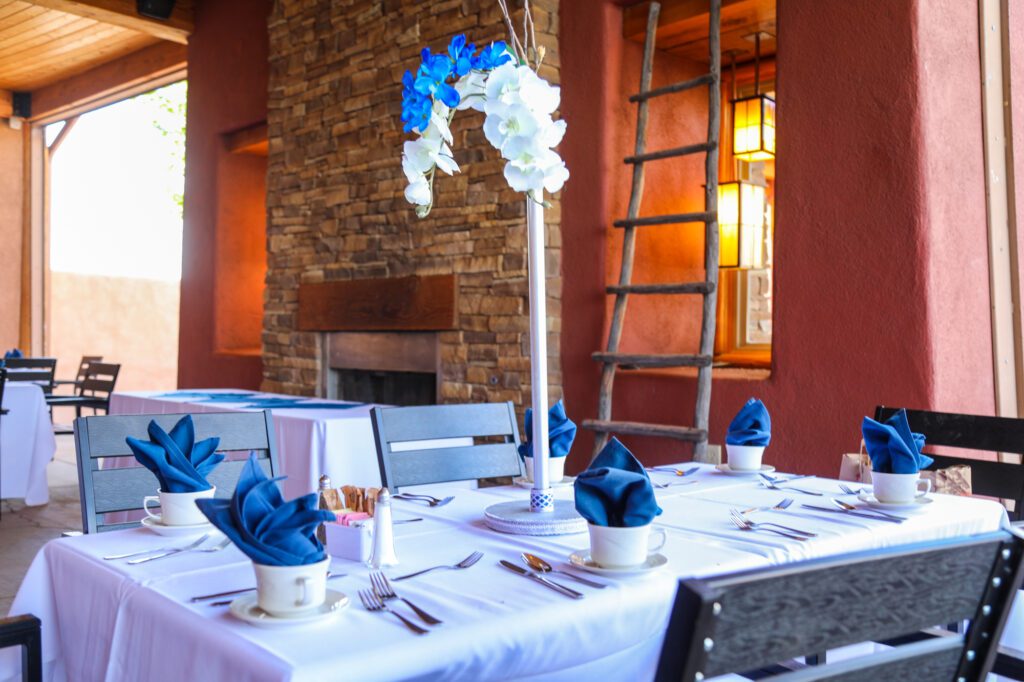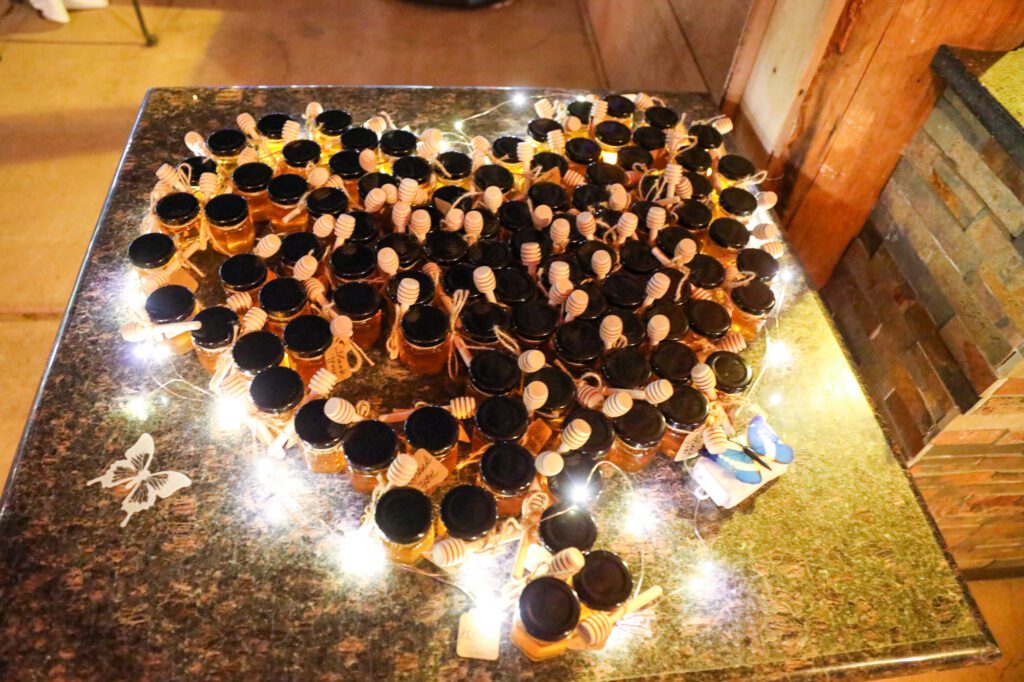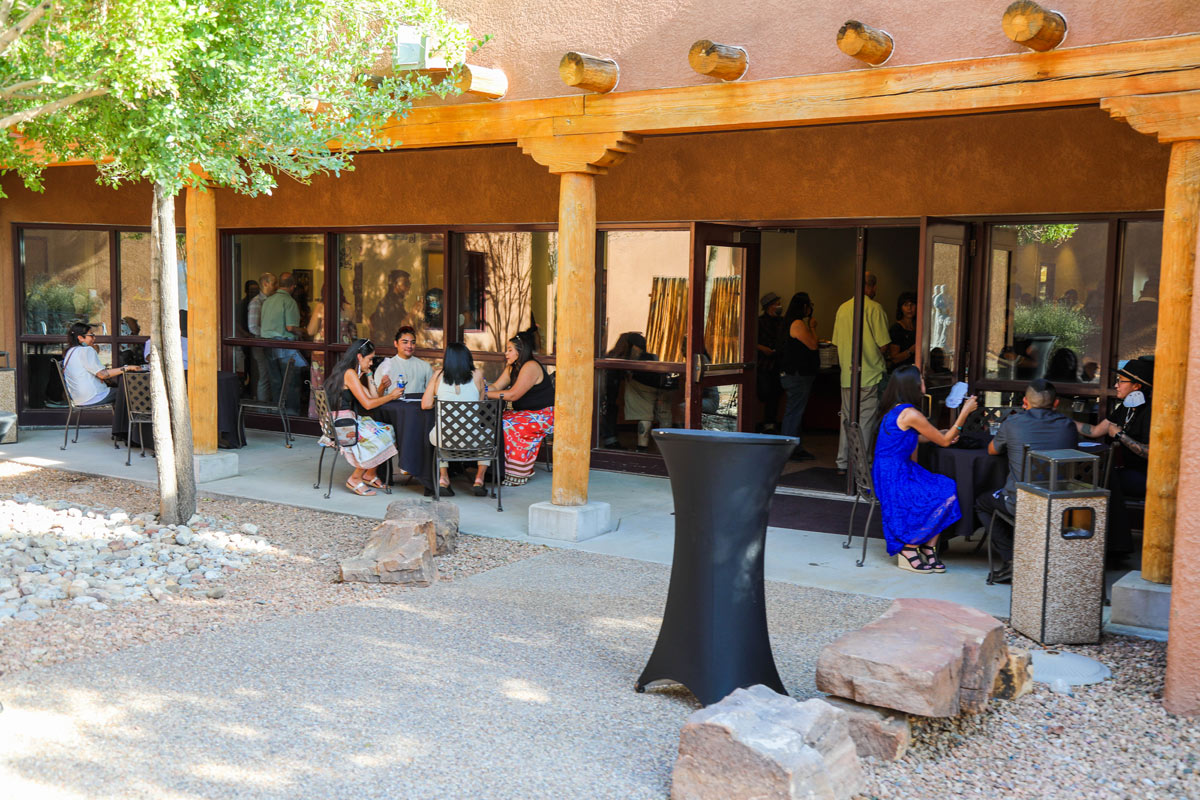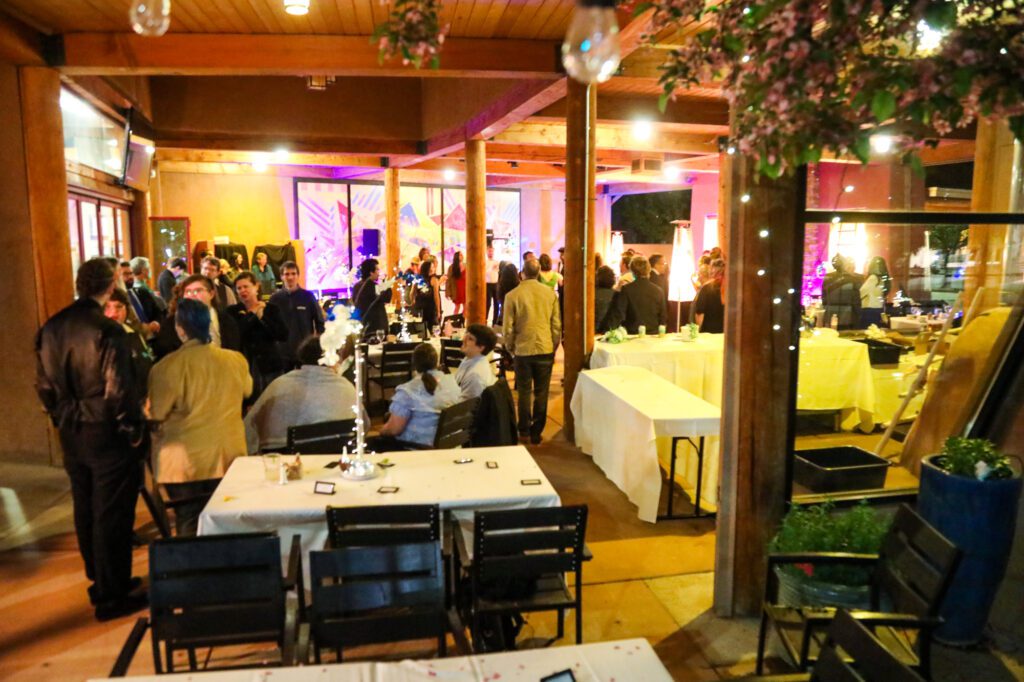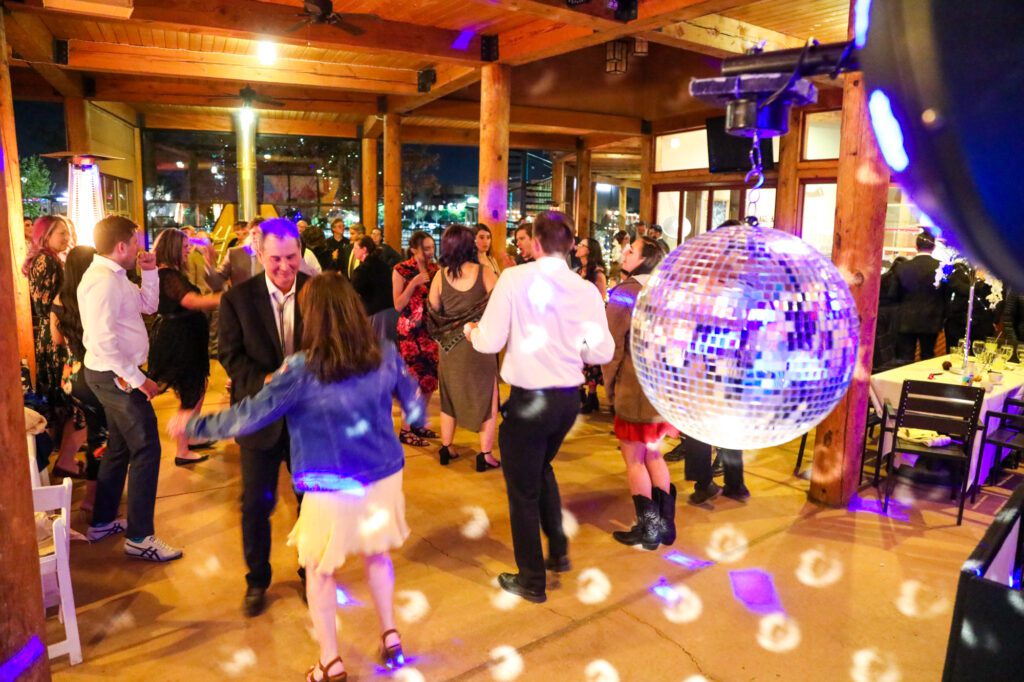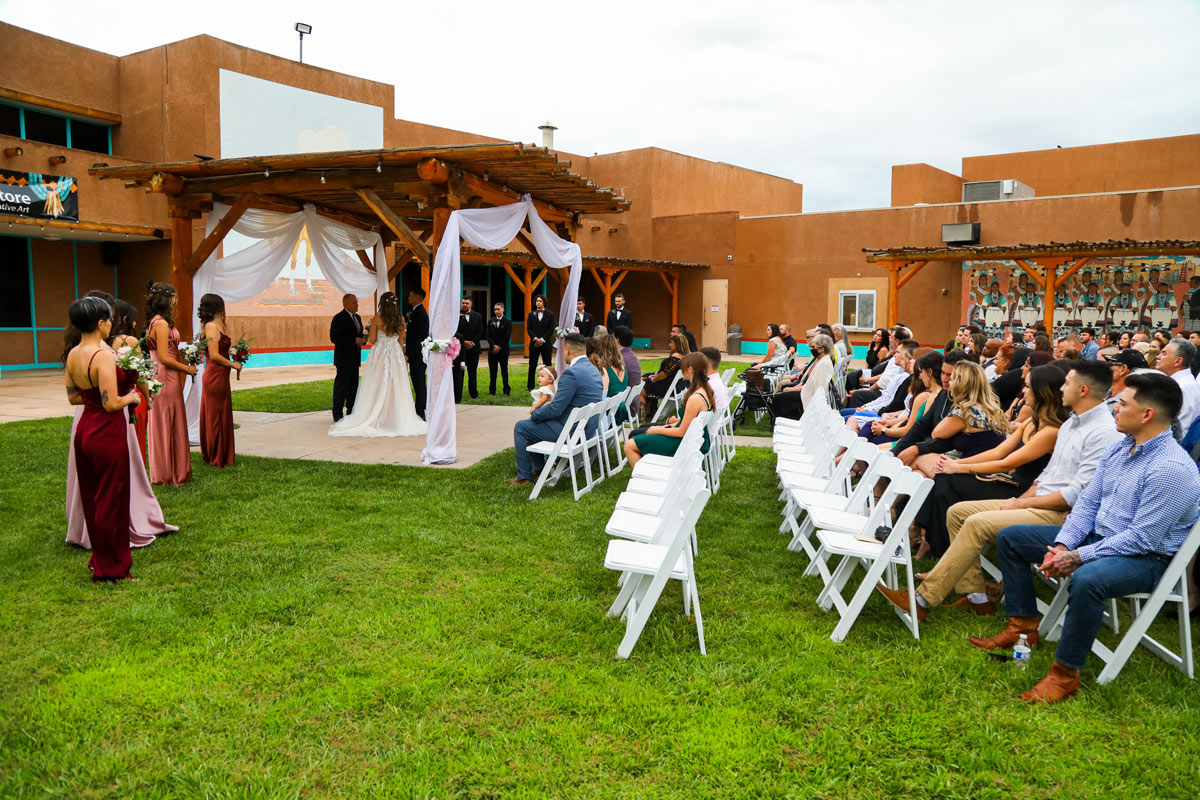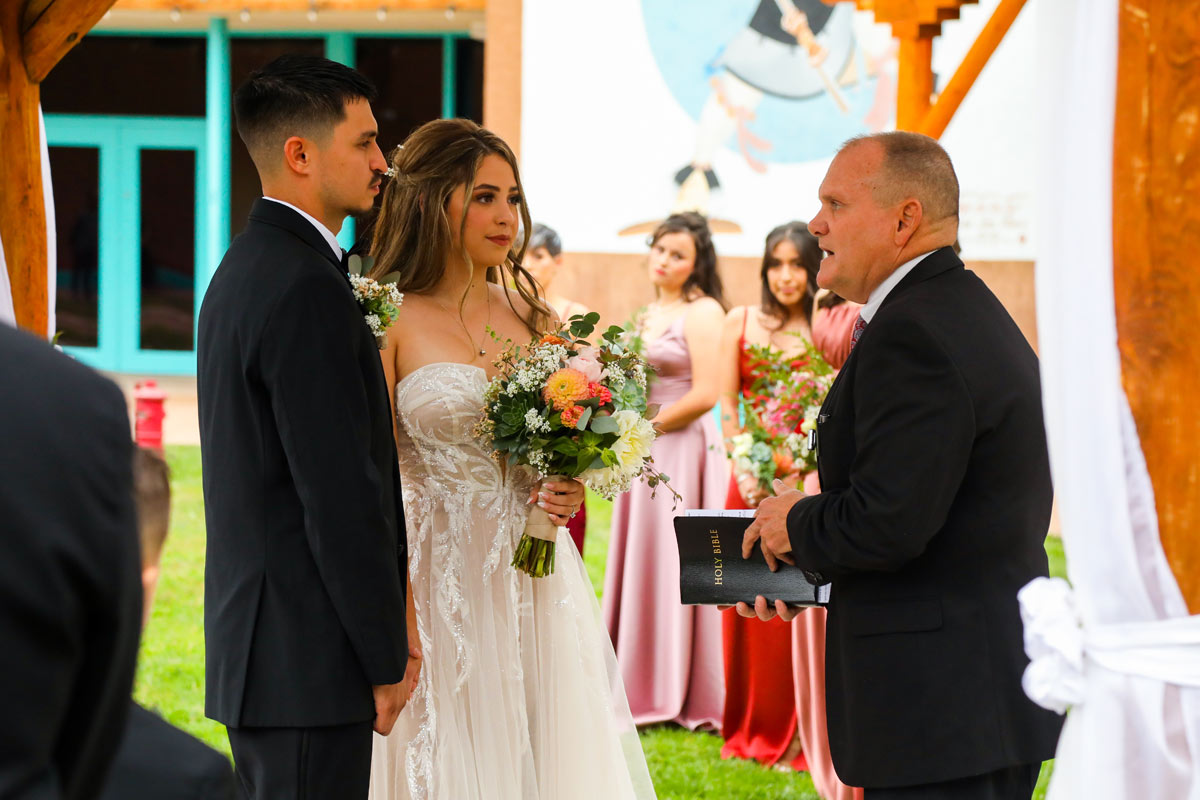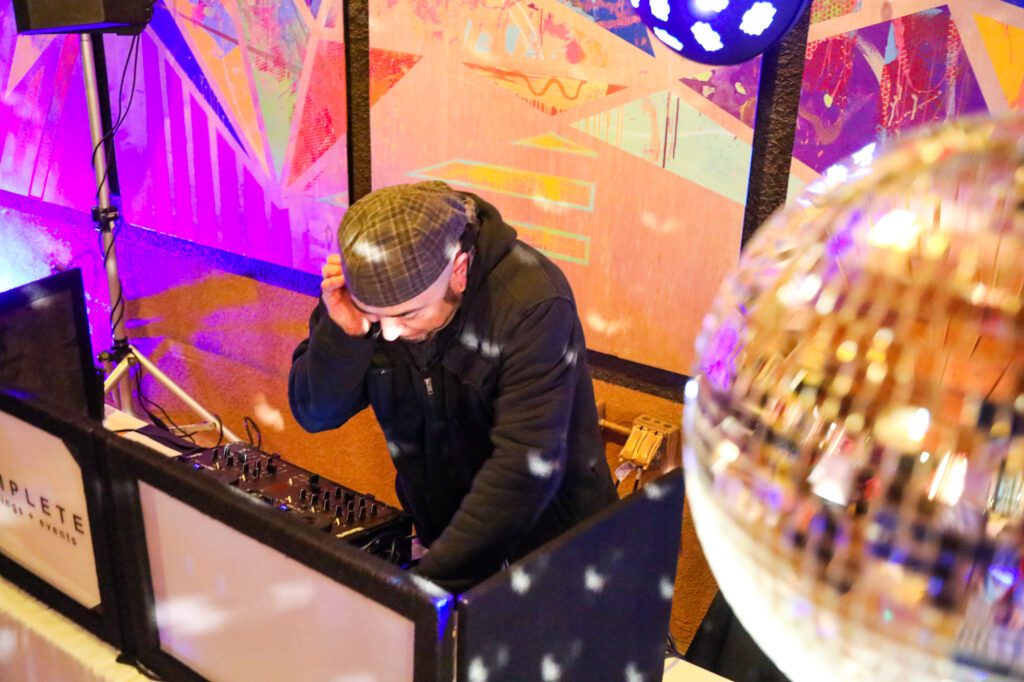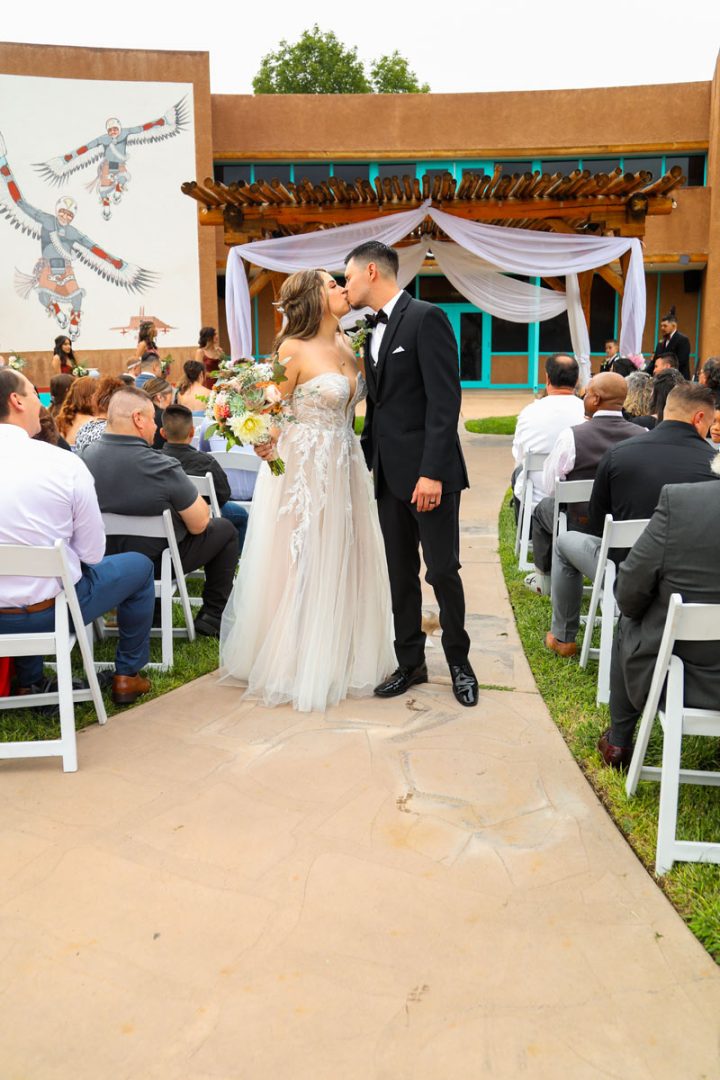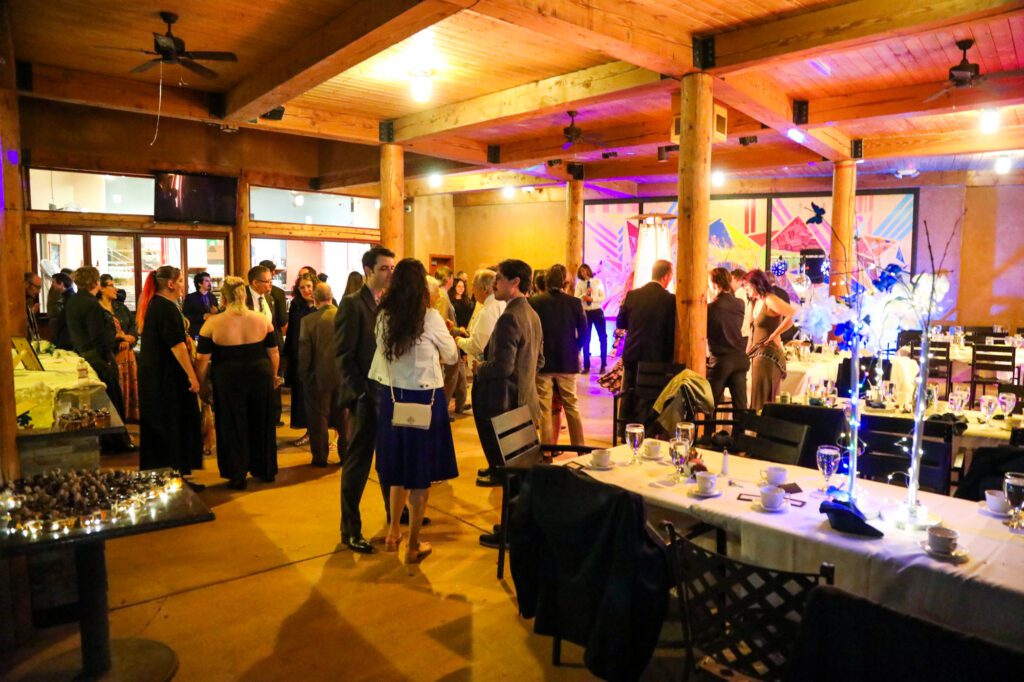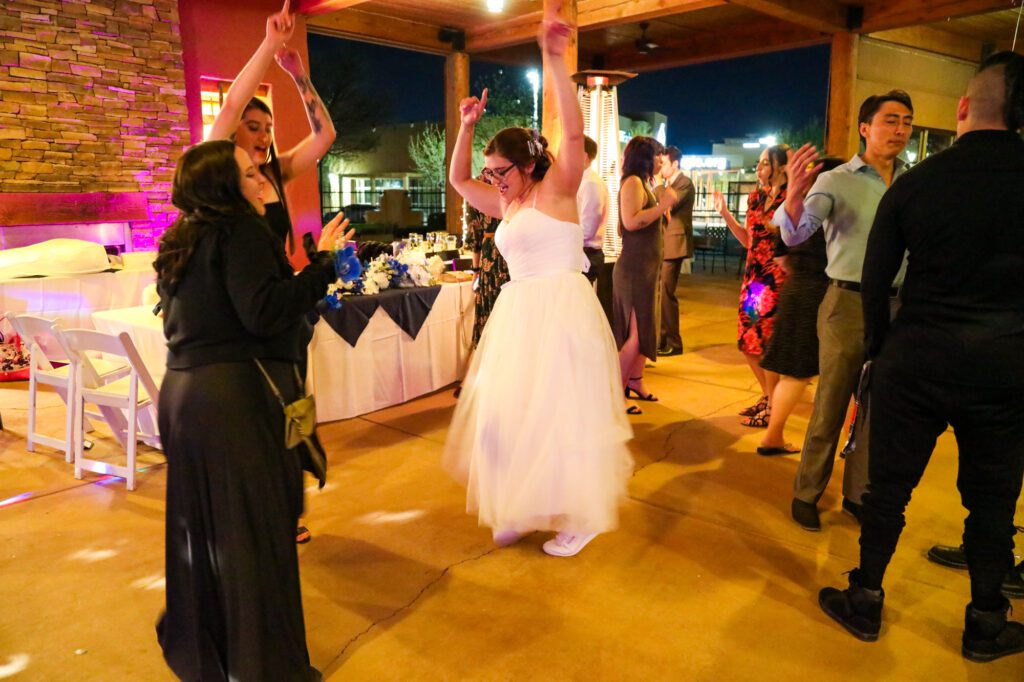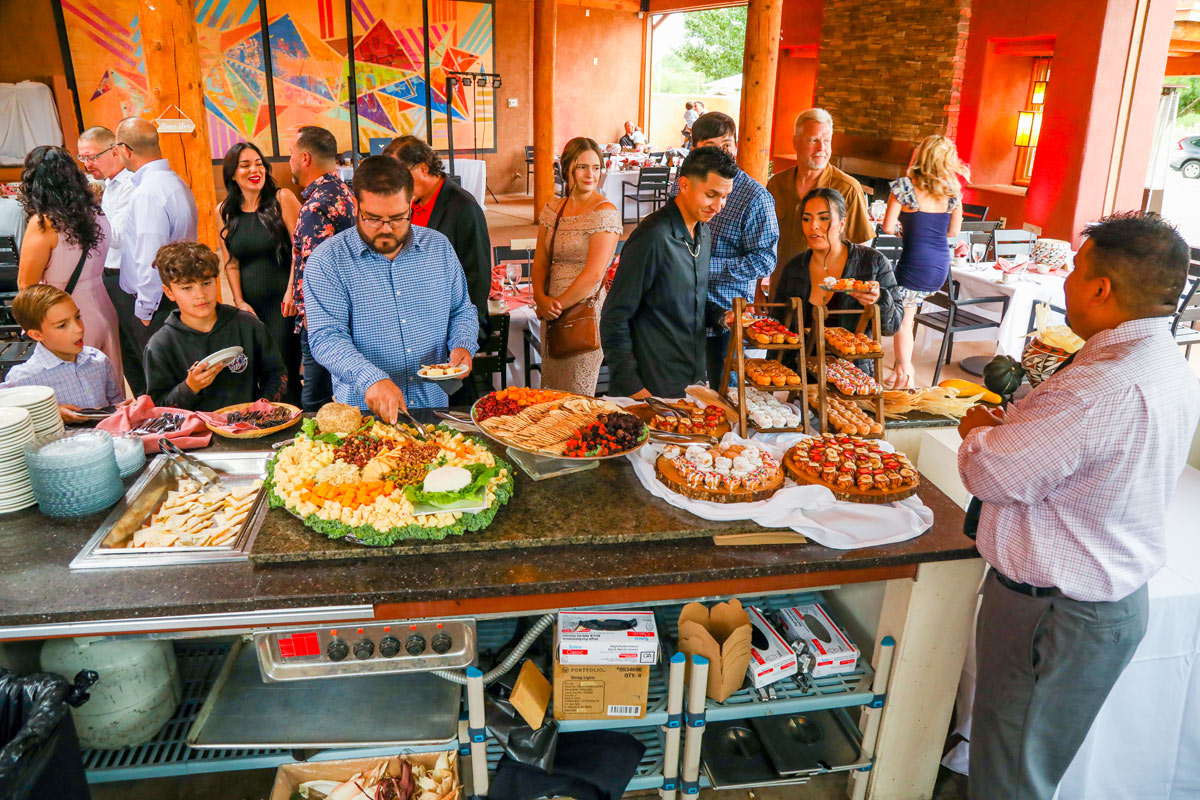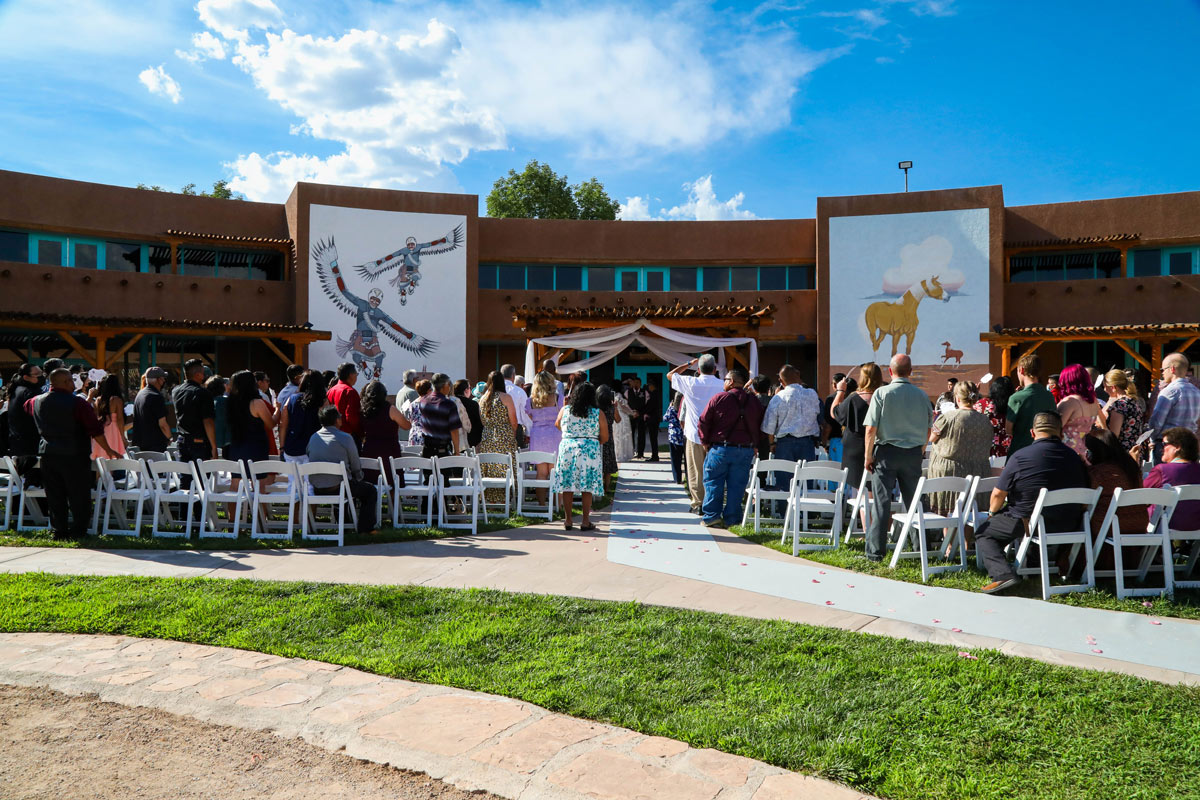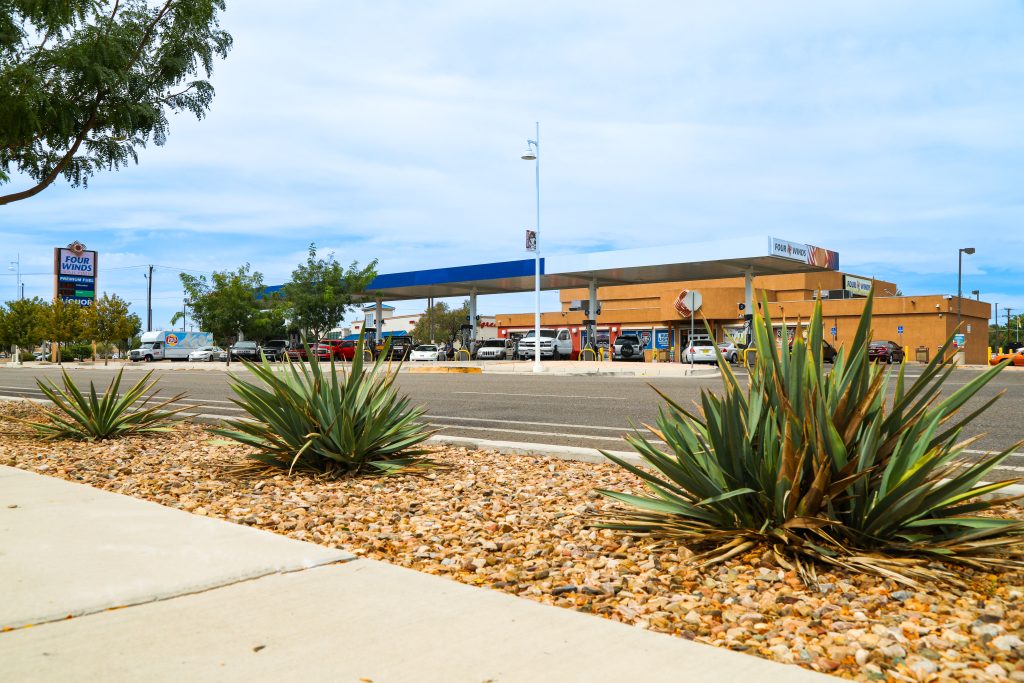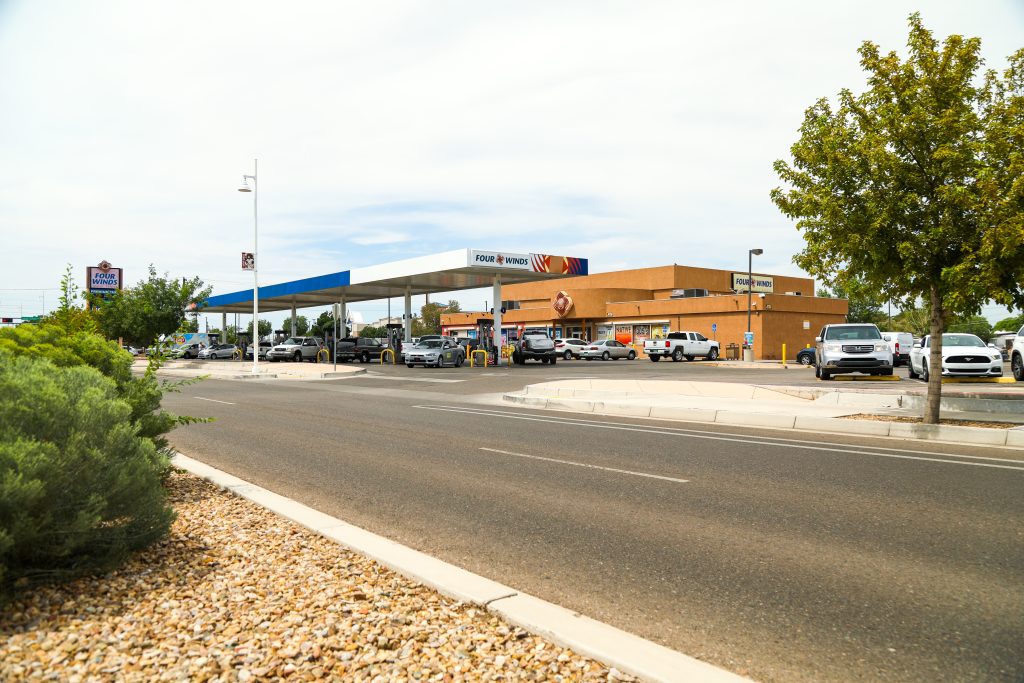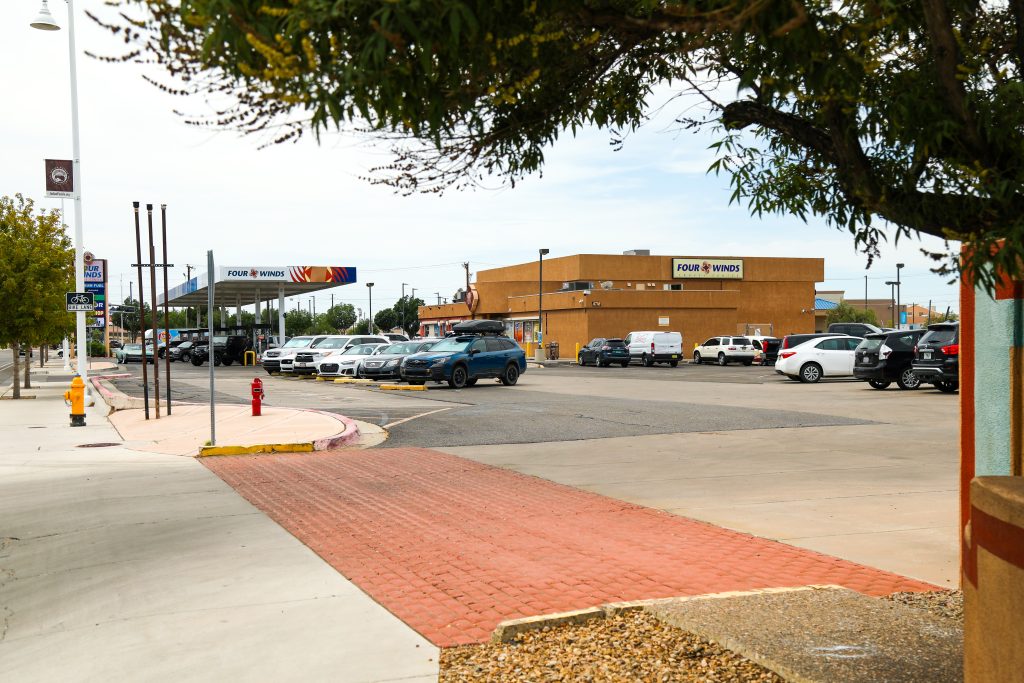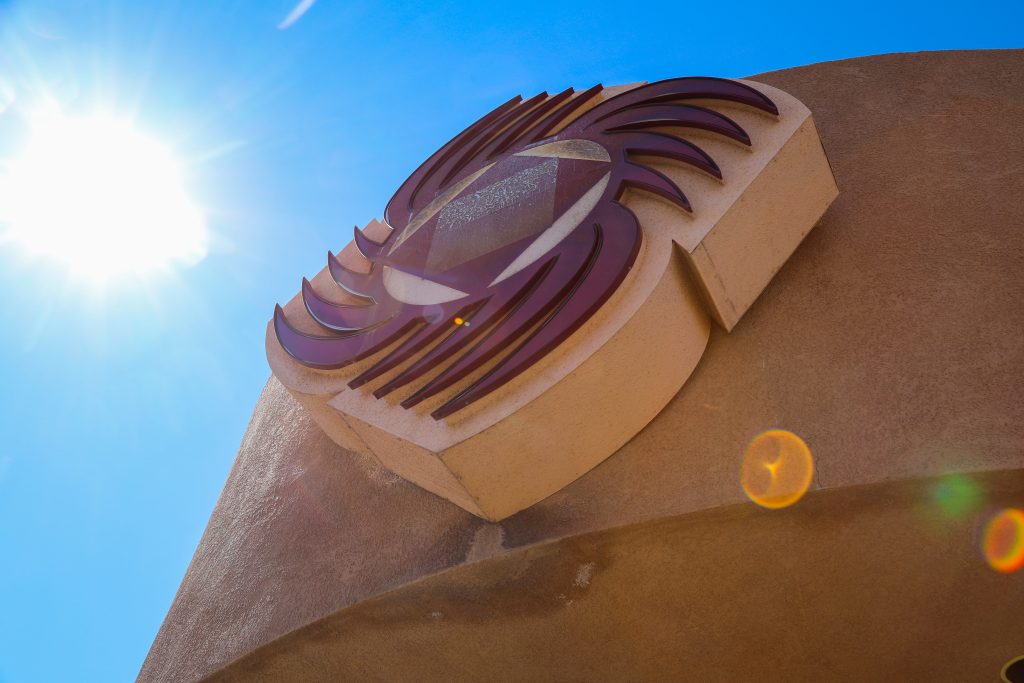IPCC Archives
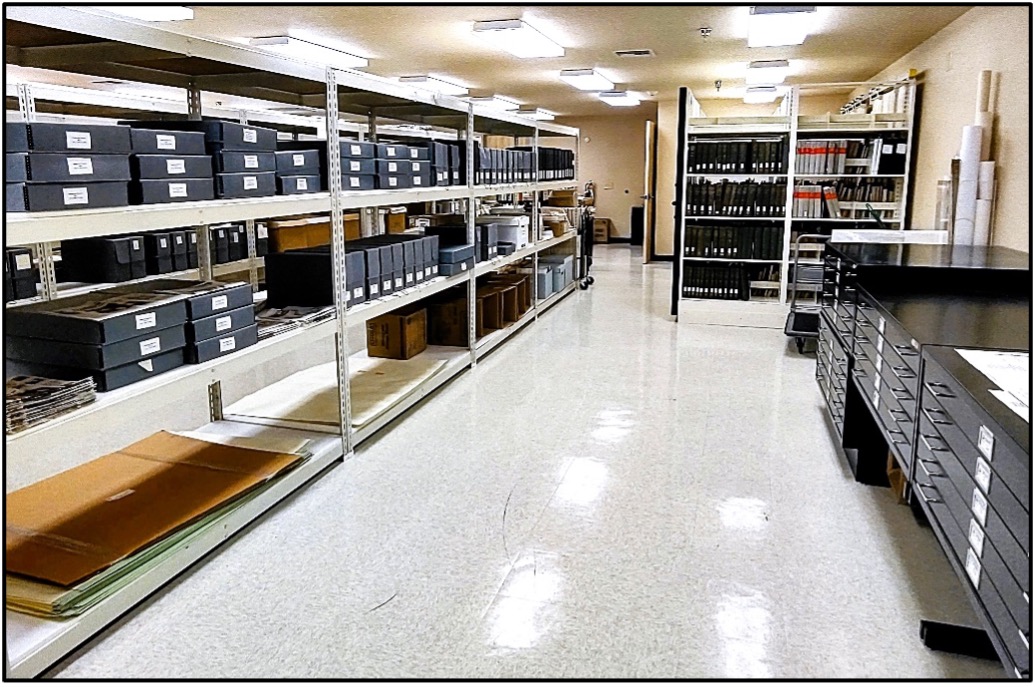
What is an archive? An archive is a place to find information – facts, data, and evidence – in the form of letters, diaries, reports, photographs, maps, posters, audio and video recordings, and other primary sources. Archives keep documents that serve as historical proof and explanation of how and why something happened.
There are all kinds of archive collections, from small family collections – photos in an album, file folders or flash drives with documents, a shoebox of concert tickets, a chest of clothing, and so on – to large, organized collections in a city, state, or national institution. There are a range of archives: college/university, corporate (company or organization), film, government, religious, and web. There are also historical societies, museums, and special collections centered on specific subjects, as well as those dedicated to a particular person, people or community, or event.
Some New Mexico archives are the State Records Center & Archives and the UNM Center for Southwest Research and Special Collections (CSWR). The New Mexico Digital Collections is a central search portal for digital collections from and about New Mexico. #NMArchives
What is an archivist? Archivists are specially trained to assess, collect, describe, maintain, organize, preserve, digitize, and provide access to records of lasting value. They are also trained to properly care for, clean, repair, and preserve a variety of historical materials, including books, paper, maps, computer records, and audiovisual materials. Archivists help people find and understand information in records.
Who uses an archive? Anyone looking for information or records about the past. The IPCC archives assists staff, students from middle school to graduate school, educators, journalists, writers, and researchers – anyone who wishes to learn more about Pueblo and other Native tribal history and present.
ARCHIVE COLLECTIONS
The IPCC Library and Archives is the only Special Collections research library dedicated to the historical and contemporary life of Pueblo people and communities. We have some magnificent collections that illustrate our history, show how we have been portrayed, how the historical narrative has been framed, and how we counter back with our words and voices.
New Mexico Digital Collections
The New Mexico Digital Collections consists of:
- Pueblo News Publication Collection – Published by the All Indian Pueblo Council, Inc.
- IPCC Ephemera Collection – Various artifact, paper items, and photographs about the IPCC history.
New Mexico Archives Online
New Mexico Archives Online has descriptions of four archival collections:
- AIS Scrapbook of Miss Hazel Holsenbeck
- Effie Paige Eddy Photography Collection
- Scrapbook of Loyal J. Miller
- Wildred J. Perrin Sr., Albuquerque Indian School
ORAL HISTORY
Journeys and Pathways: Contemporary
Women in Leadership, Service, and the Arts
The Journeys and Pathways oral history project features twenty interviews with women from thirteen Pueblos. Seventeen narrators talk about how their family and community shaped their childhood, adult life, and educational and professional paths. Two narrators speak on the Special Topic, “Mentors and Mentoring: Continued Success in Life’s Journey”; one narrator’s topic is “Internships: Pathways to Success.”
Each videotaped interview is accompanied by a transcript. These interviews provide a unique primary resource perspective to contemporary Pueblo history. These interviews and transcripts are available online at https://indianpueblo.org/oral-histories-2/
POSTCARD COLLECTION
Postcard Collection – Over 2,100 historic black and white and color images of the Pueblos, the Apache and Navajo, New Mexico national parks and monuments, trading posts, and various places in Albuquerque.
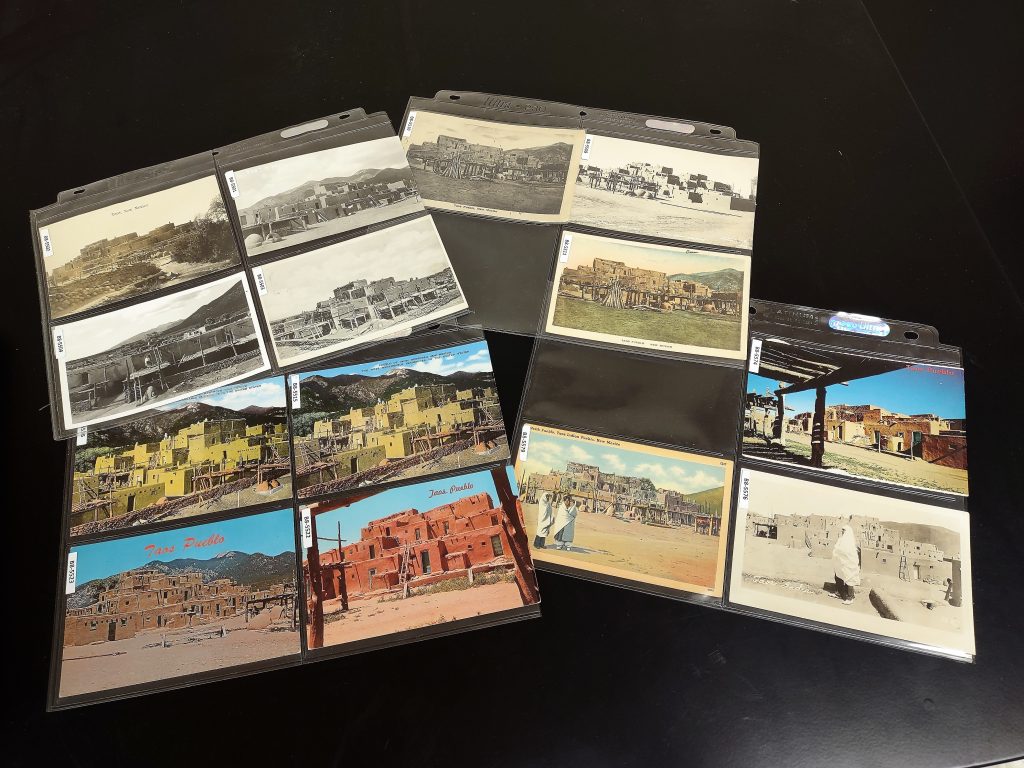
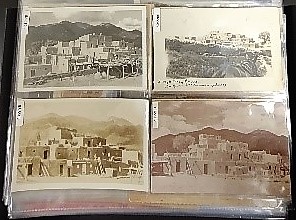
SPECIAL ACCESS
Special Access – Materials with unique attributes that require limited access and storage within a controlled environment due to physical condition, form, content, rarity, value, or fragility. Some items in this section are the Bureau of American Ethnology volumes, Indian Life readers published by the Bureau of Indian Affairs and similar children’s books, and various Indian School yearbooks.
Special Access also includes various photo collections, audiovisual material of events at the IPCC, Manuscript collections, and the New Mexico Archives Online collections.
TEACHING RESOURCES
Using Sources for Research
Primary sources are direct evidence or firsthand documents created by witnesses who experienced the event or situation as it occurred such as diaries, interviews, letters, meeting notes, news film footage and articles, photographs, sketches, or speeches. Sources are often created at the time of events and situations, but also include autobiographies, memoirs, oral histories, and podcasts that are recorded later.
Primary sources also include creative works (poetry, drama, novels, music, and art) and relics and artifacts like furniture, clothing, and buildings.
Secondary sources are materials created from primary sources. They analyze, describe, evaluate, and interpret primary source information. Examples are books, documentaries, editorials, encyclopedias, textbooks, reviews and critiques, and scholarly articles.
NATIONAL ARCHIVES
The National Archives provides excellent Document Analysis worksheets to help students analyze various types of primary resources as well as understand the context and information in documents.
Understanding Perspective in Primary Sources PDF
WORKSHEETS FOR ELEMENTARY STUDENTS
WORKSHEETS FOR MIDDLE GRADE STUDENTS
References
Harvard Library. (2023 June 16). What is a Primary Source? https://guides.library.harvard.edu/HistSciInfo/primary
National Archives. (201, August 15) What’s an Archives? https://www.archives.gov/about/info/whats-an-archives.html
National Archives. (2017, May 10) What’s an Archivist? https://www.archives.gov/about/info/whats-an-archivist.html
National Museum of American History. (n.d.) What are archives? Smithsonian. https://americanhistory.si.edu/archives/about/what-are-archives
Santiago Canyon College. (n.d.) Identifying primary and secondary resources. https://sccollege.edu/Library/Pages/primarysources.aspx#:~:text=Examples%20of%20secondary%20sources%3A%201%20Bibliographies%202%20Biographical,Works%20of%20criticism%20and%20interpretation%20More%20items…%20
Society of American Archivists. (2007) What is an archives? http://files.archivists.org/advocacy/AAM/WhatIsAnArchives.pdf

